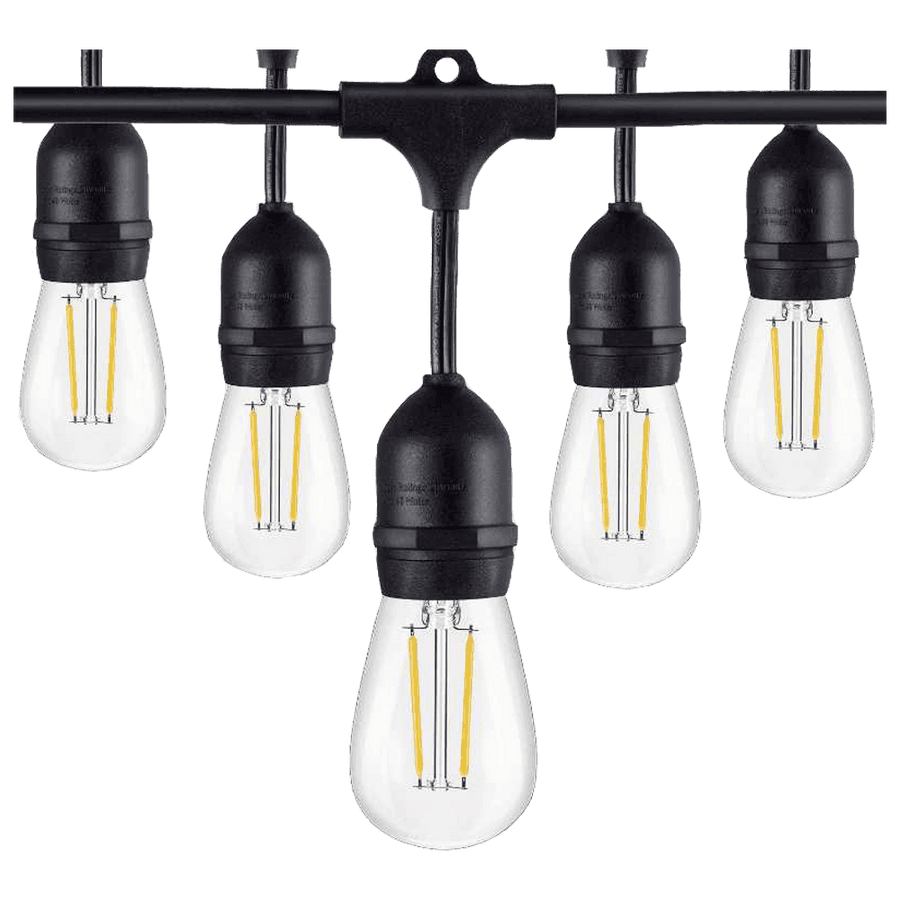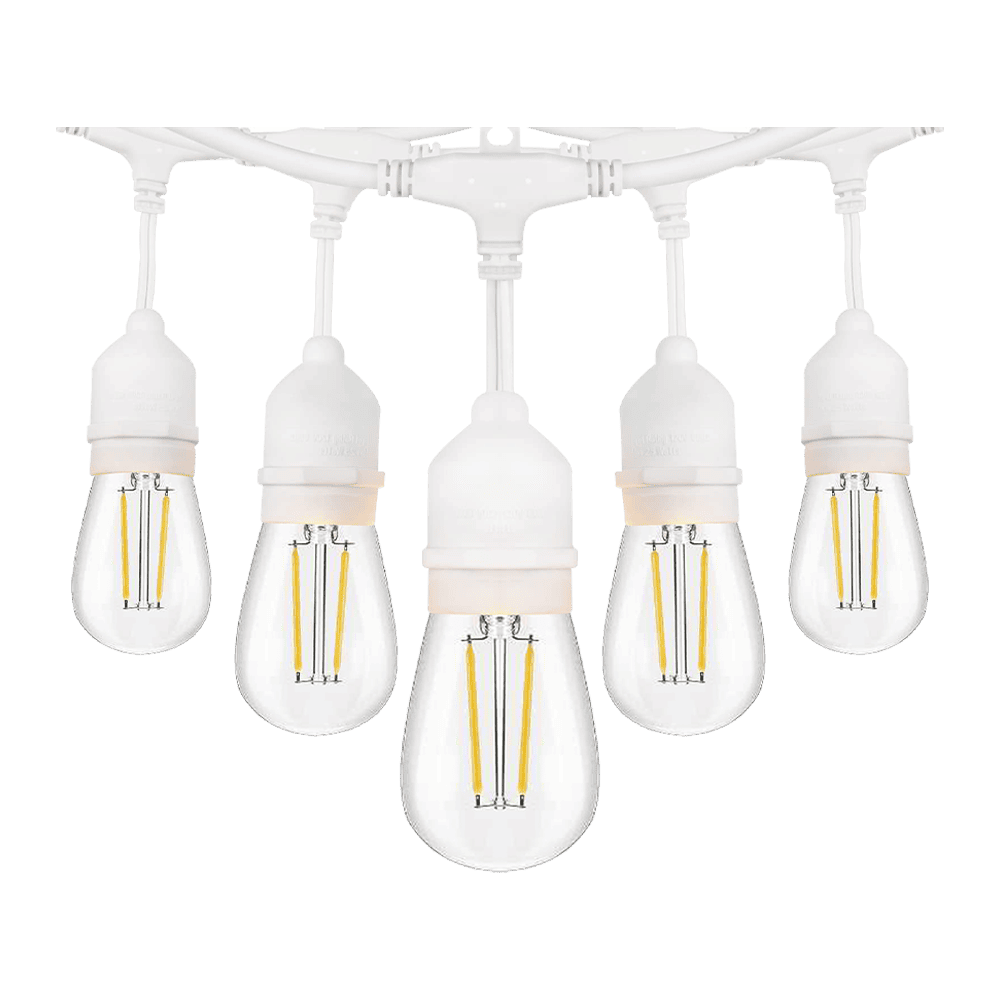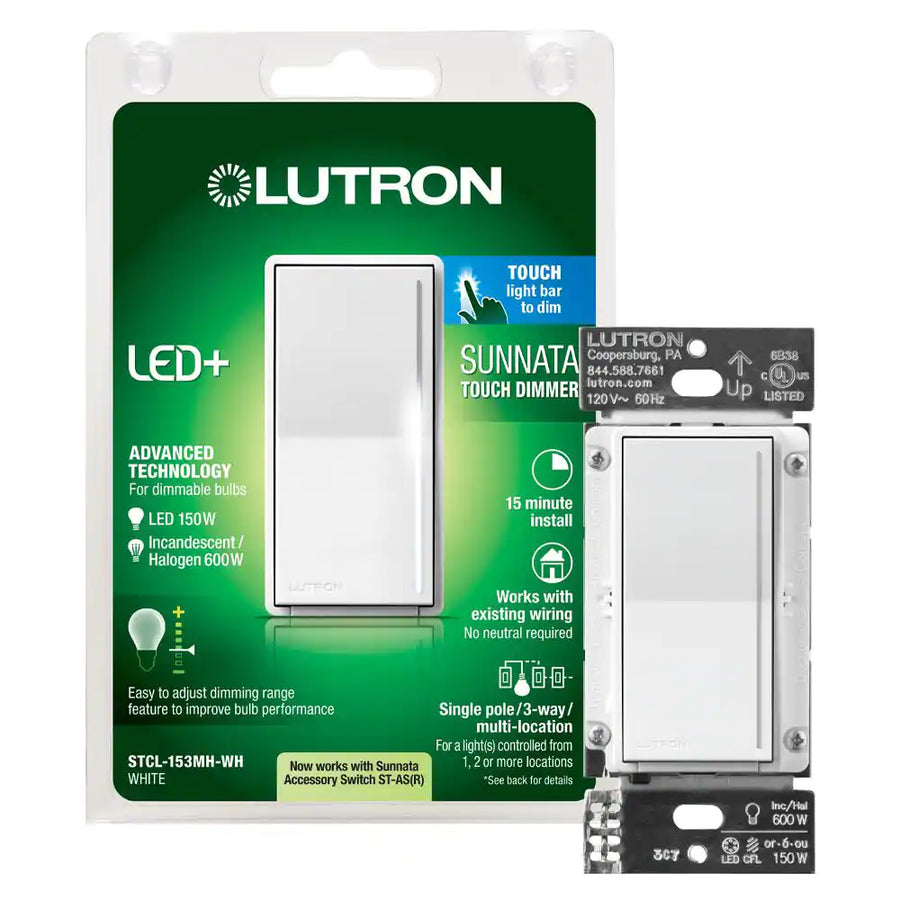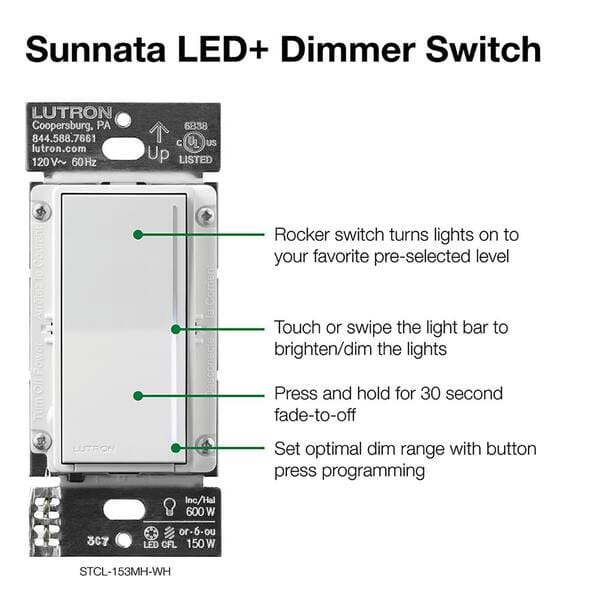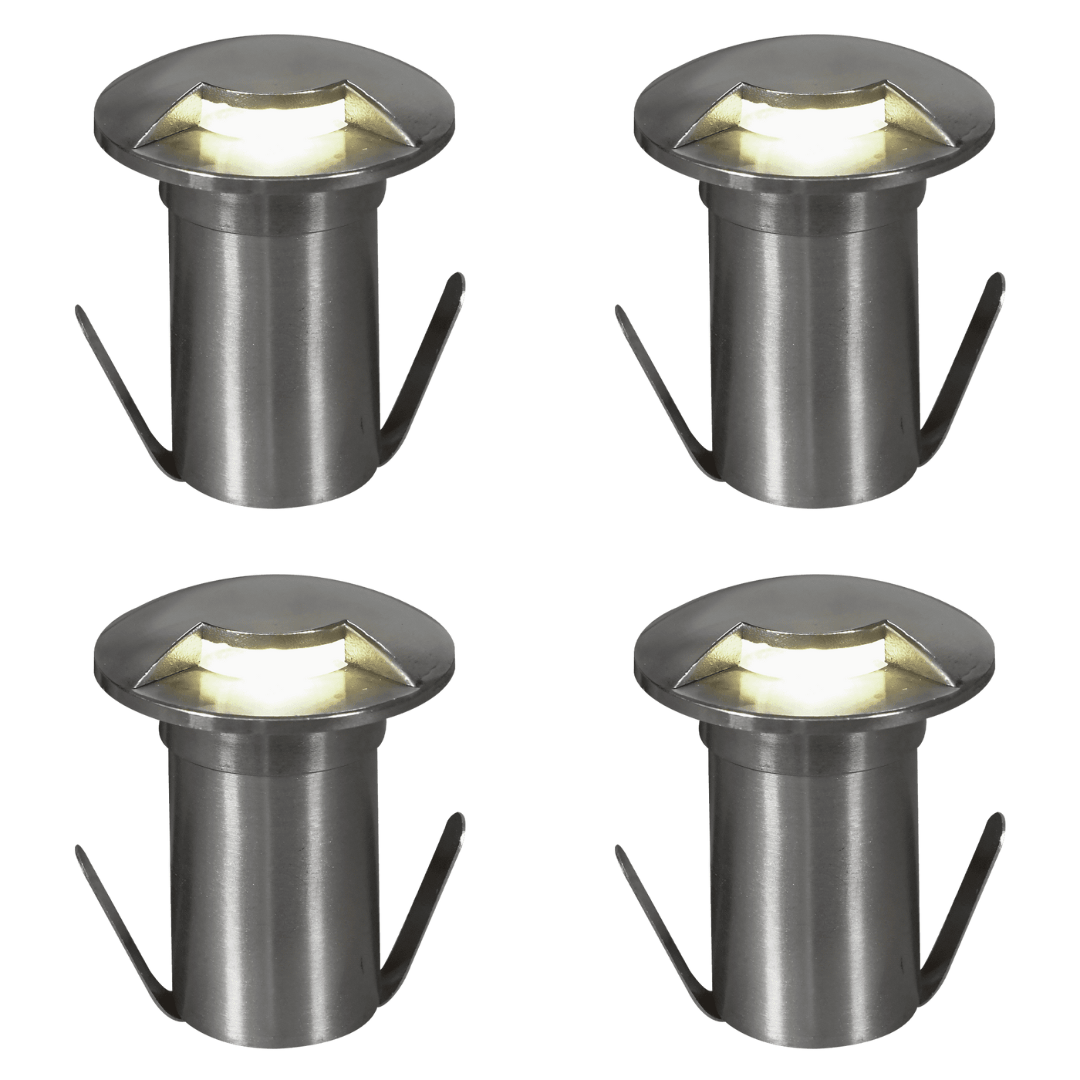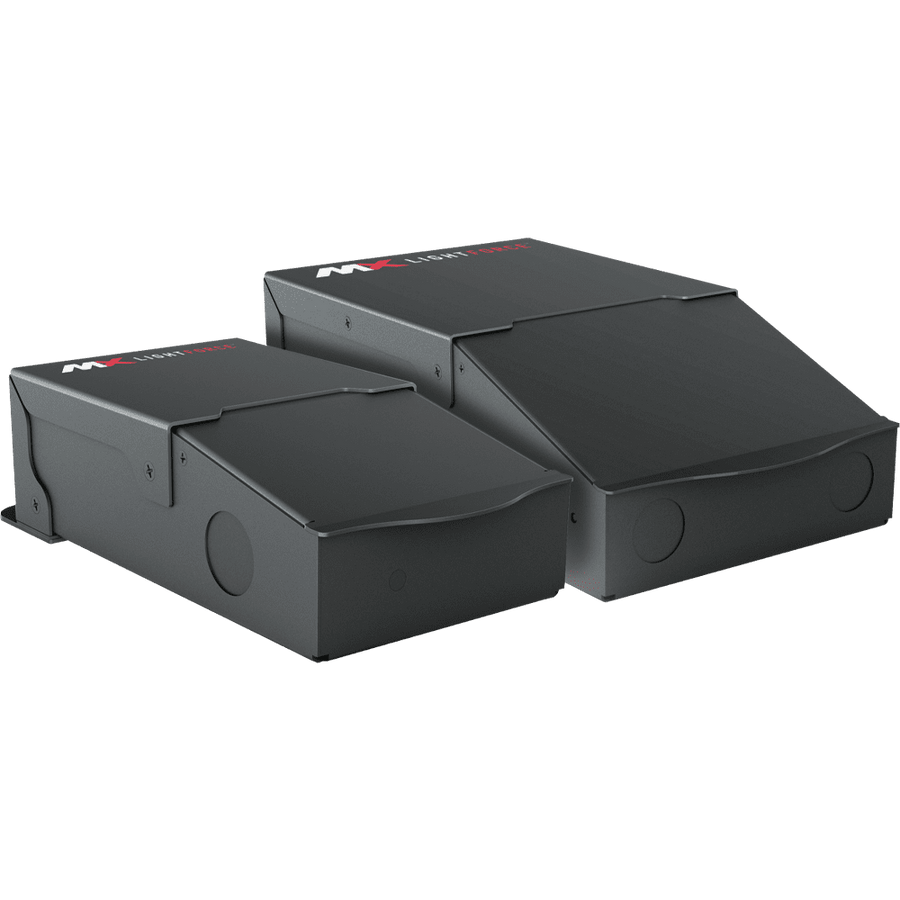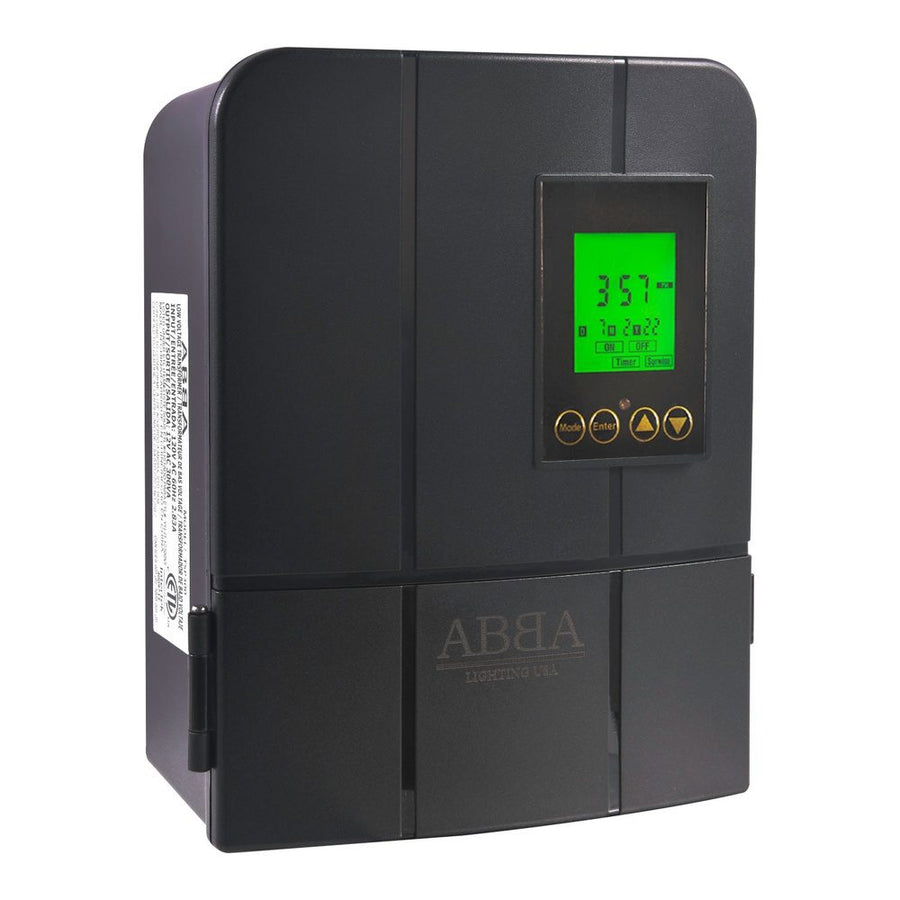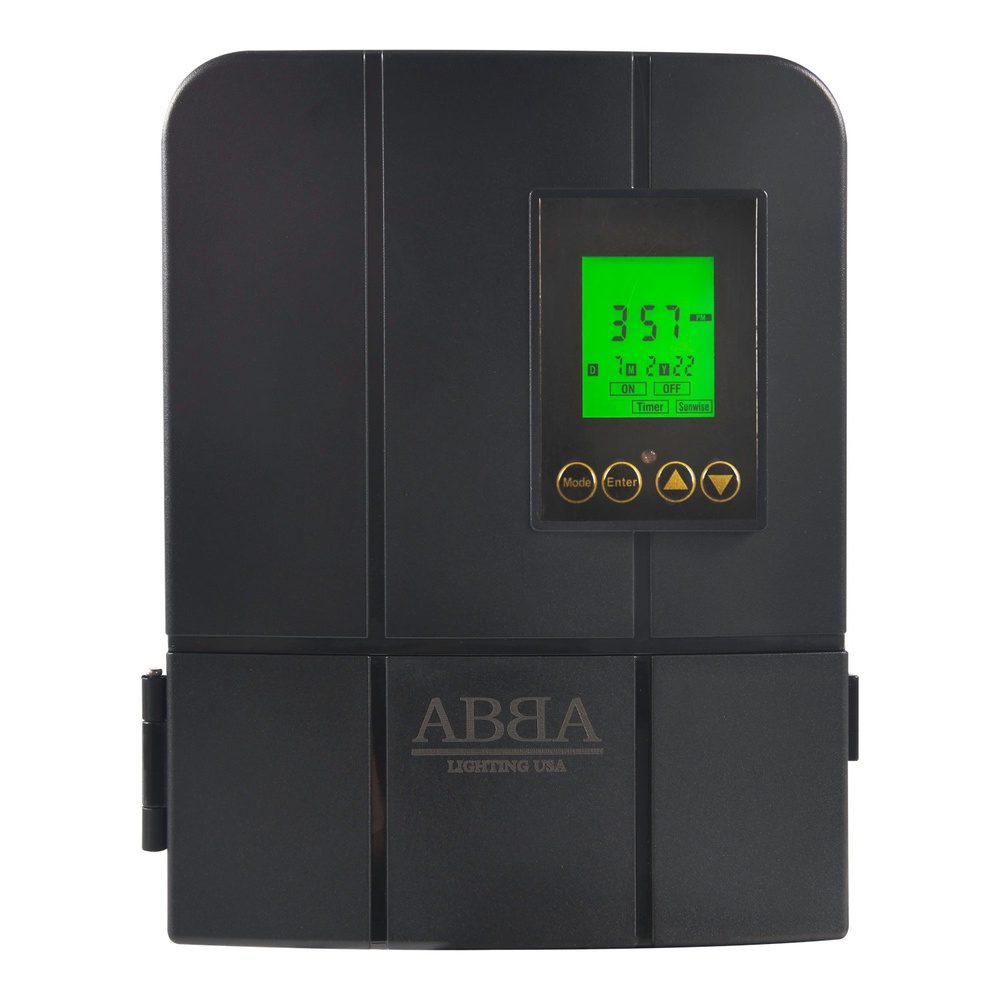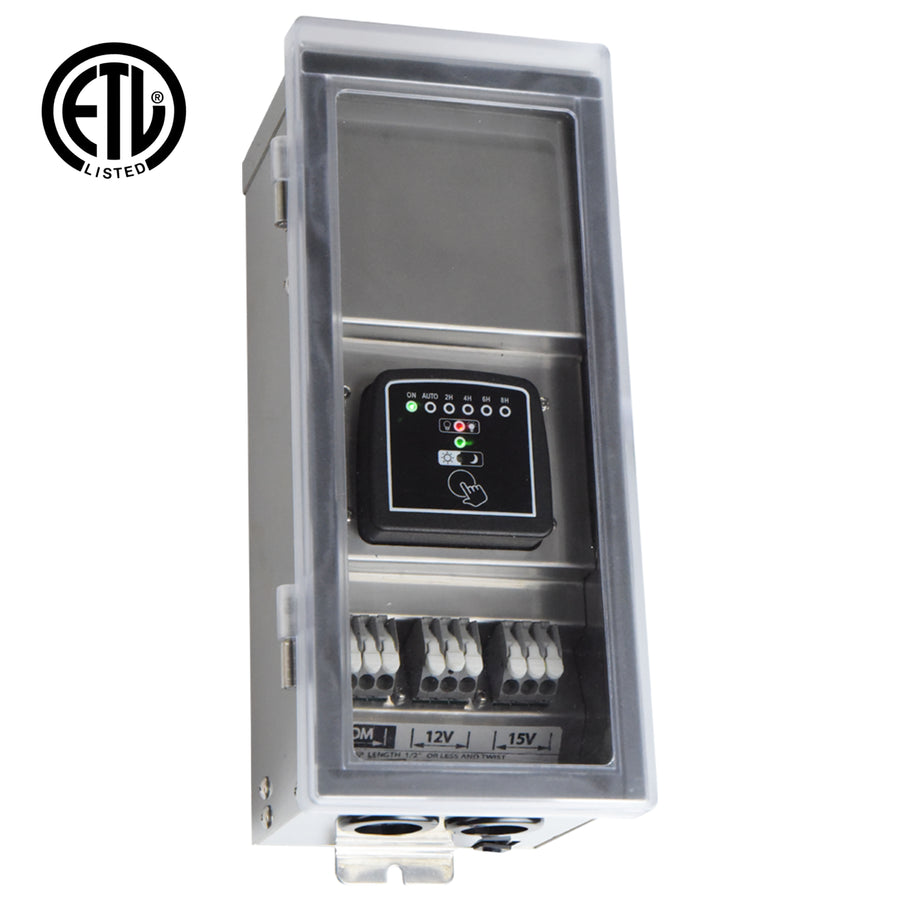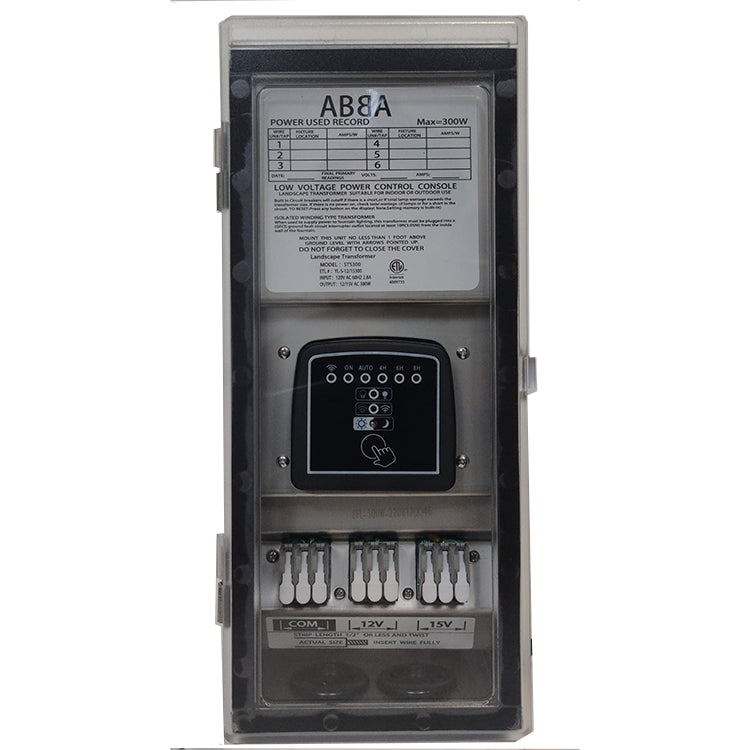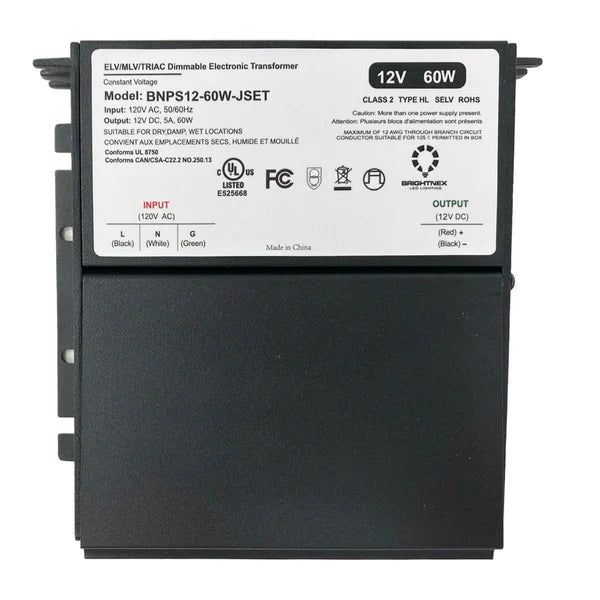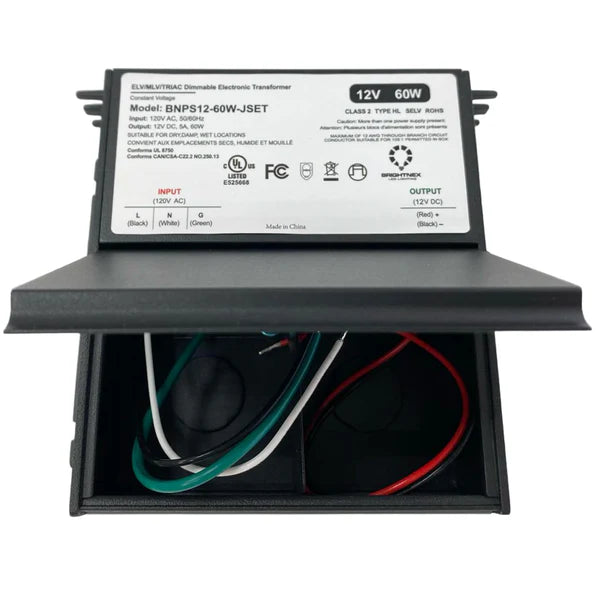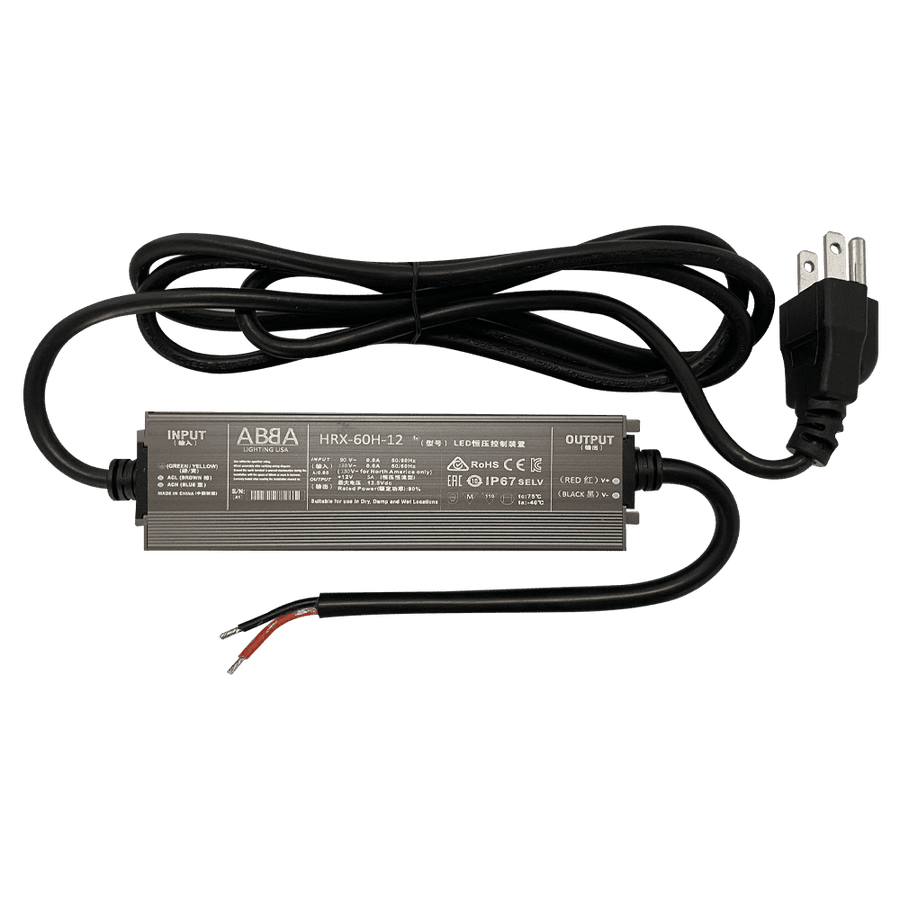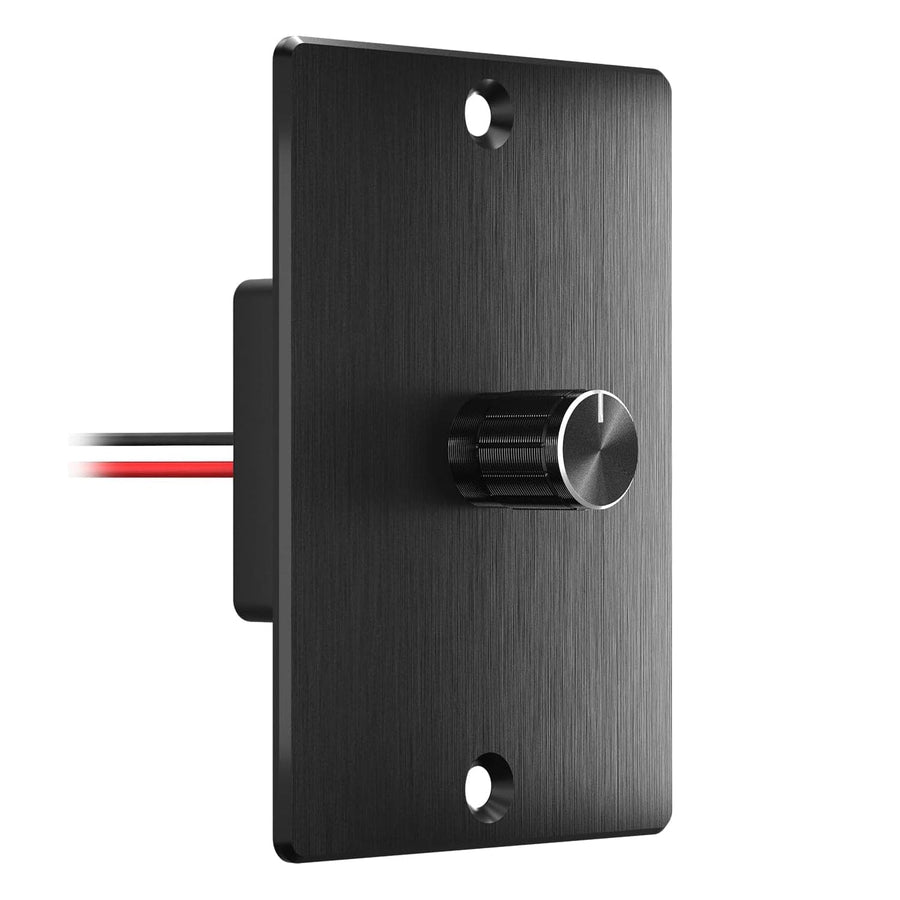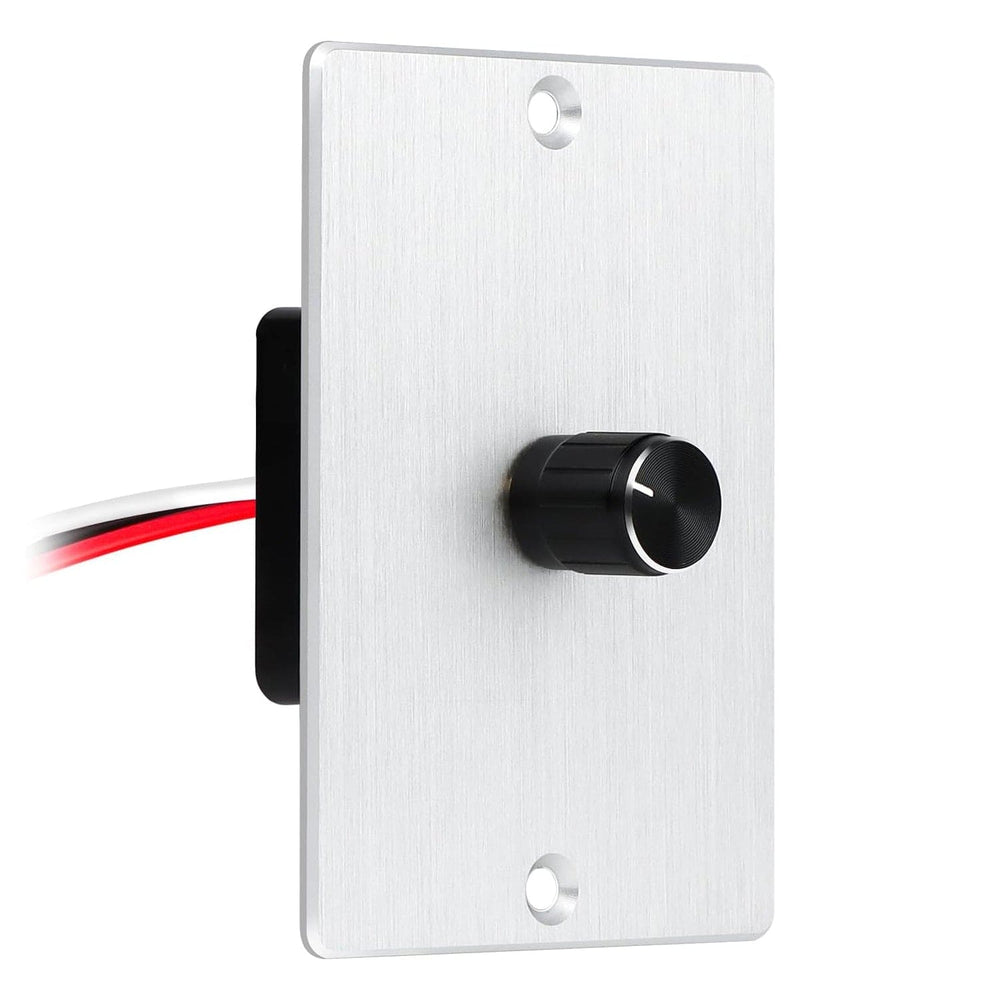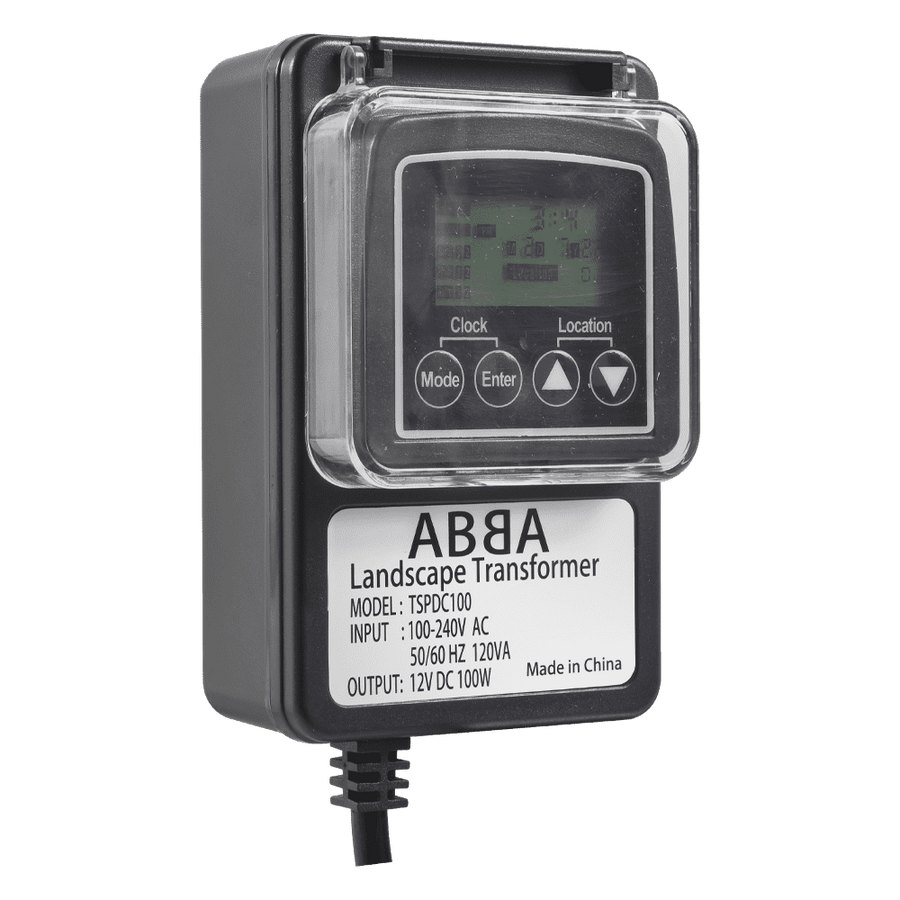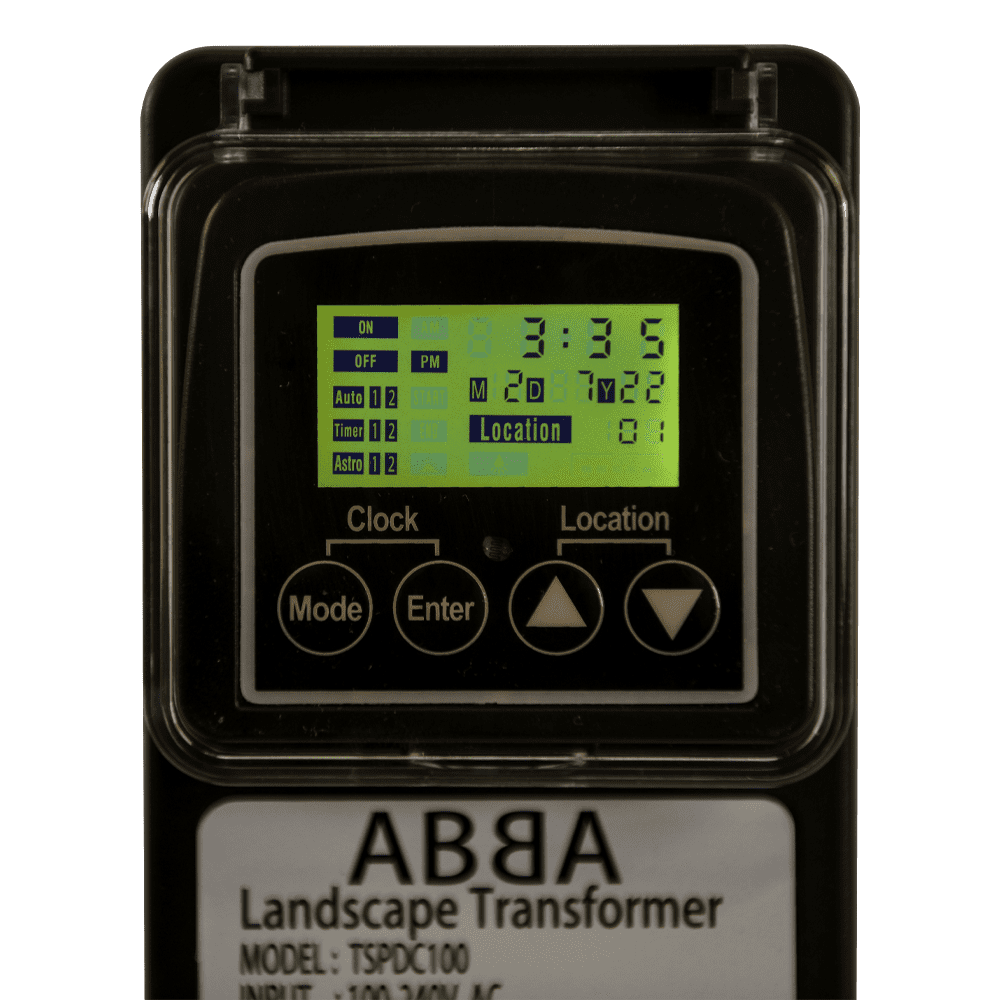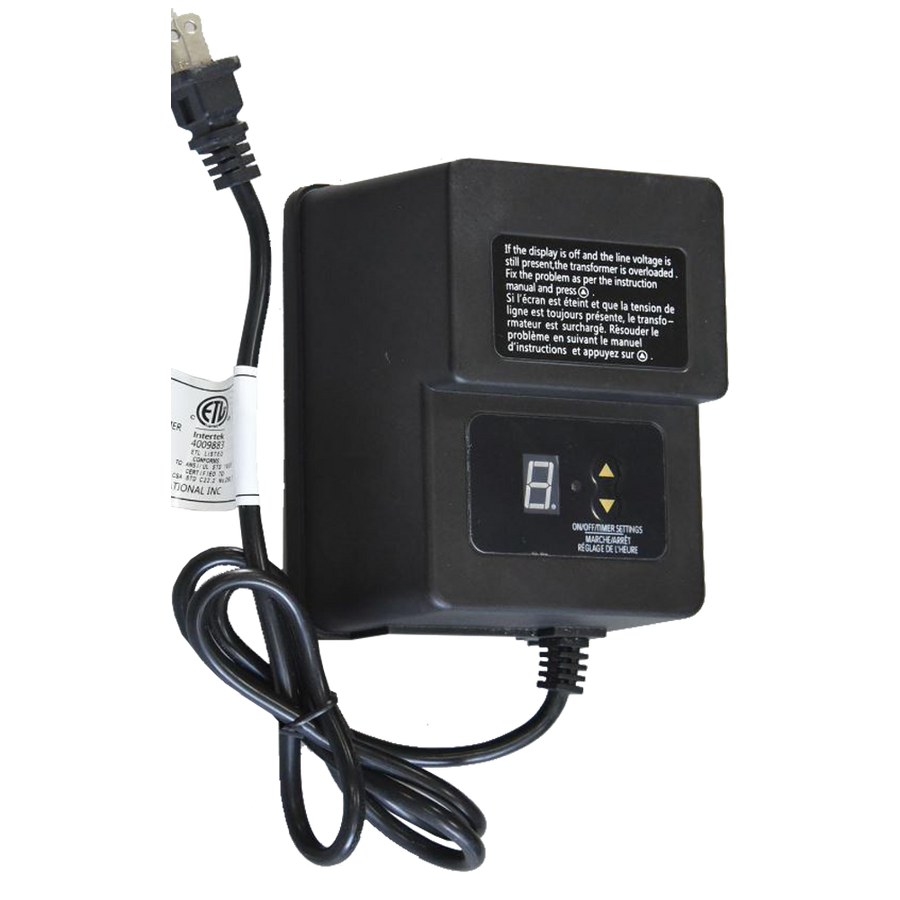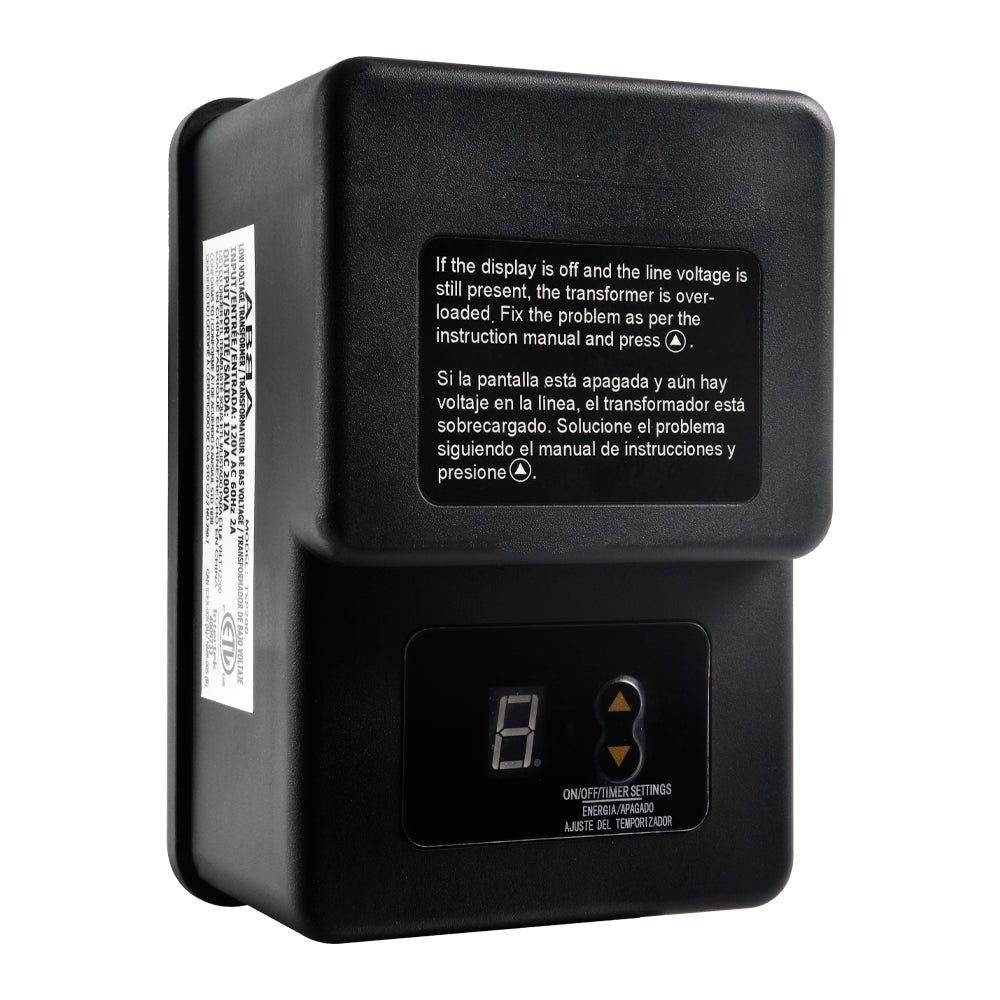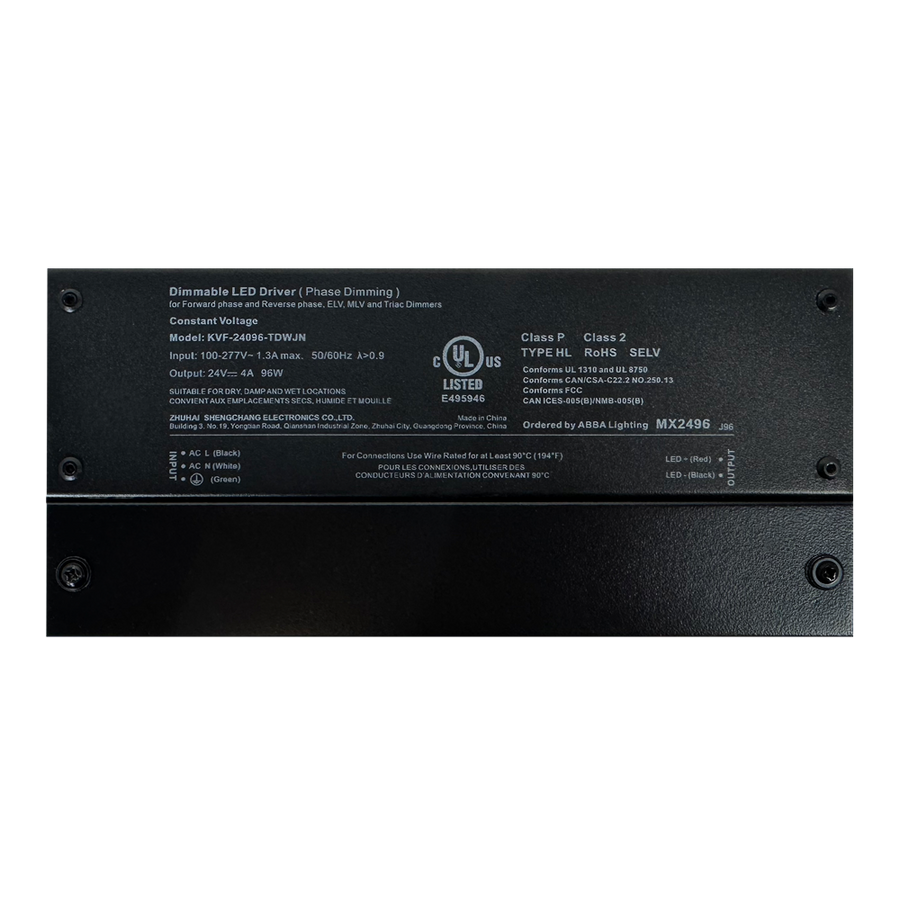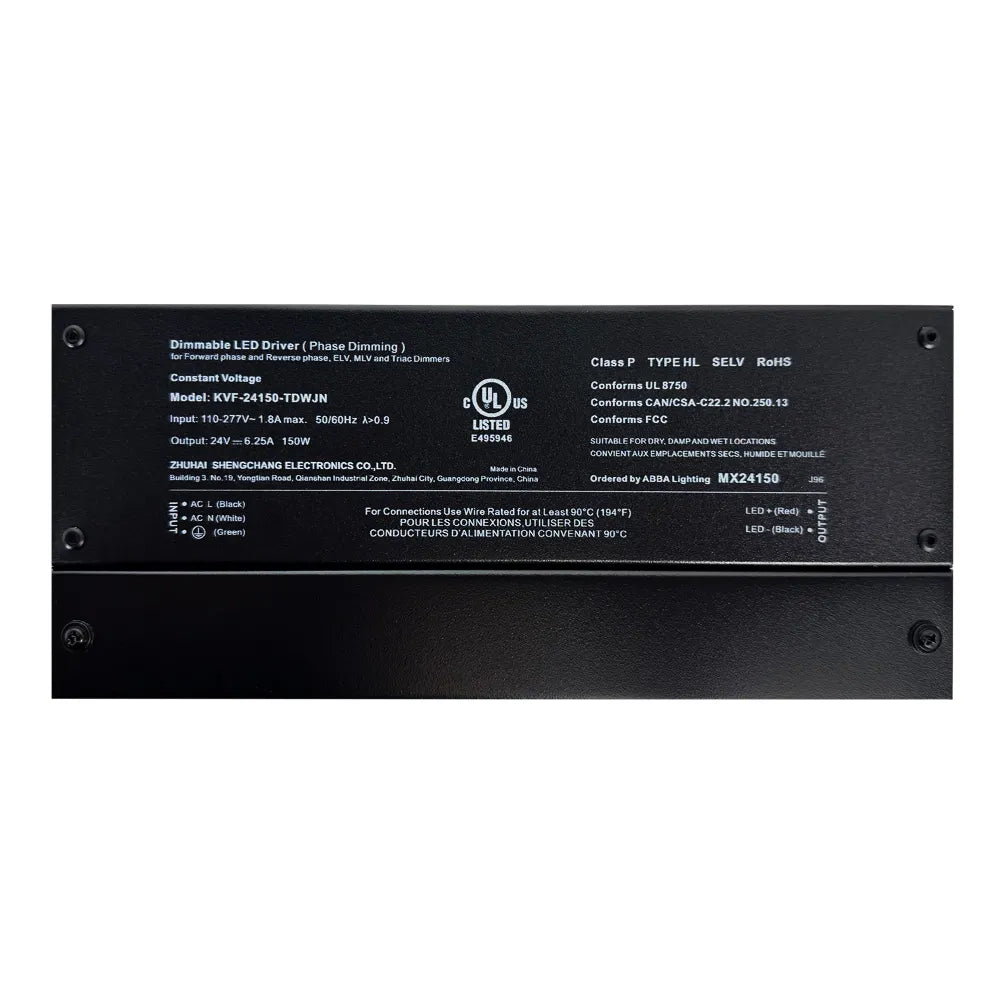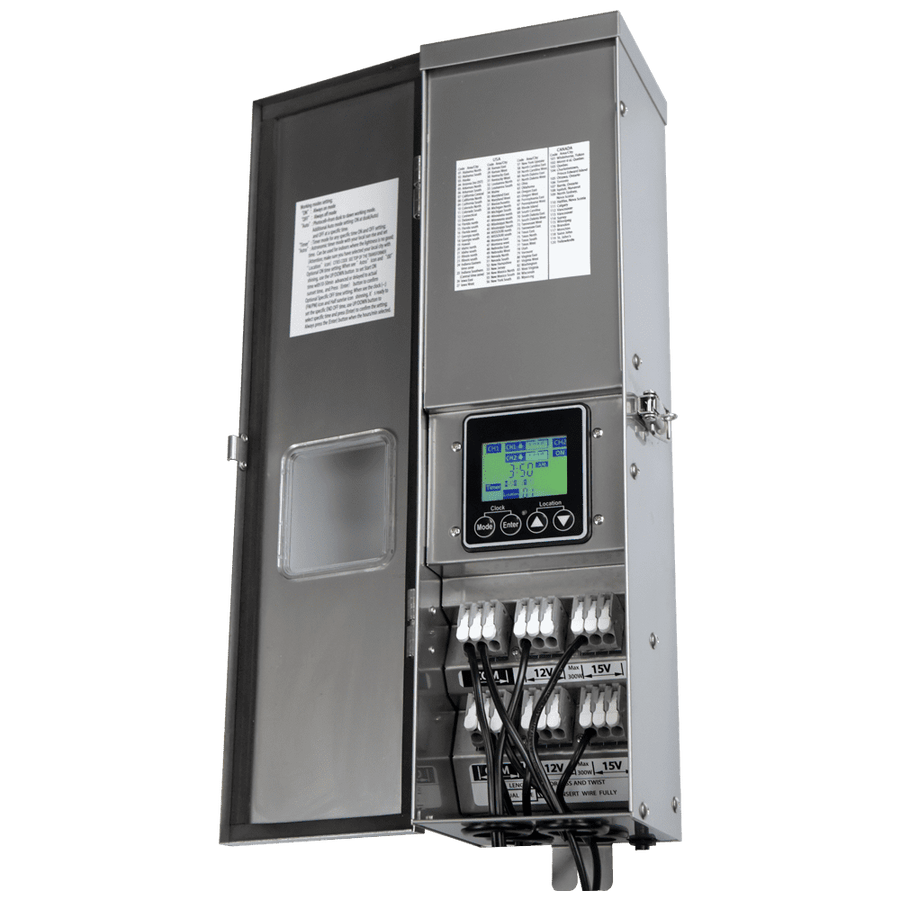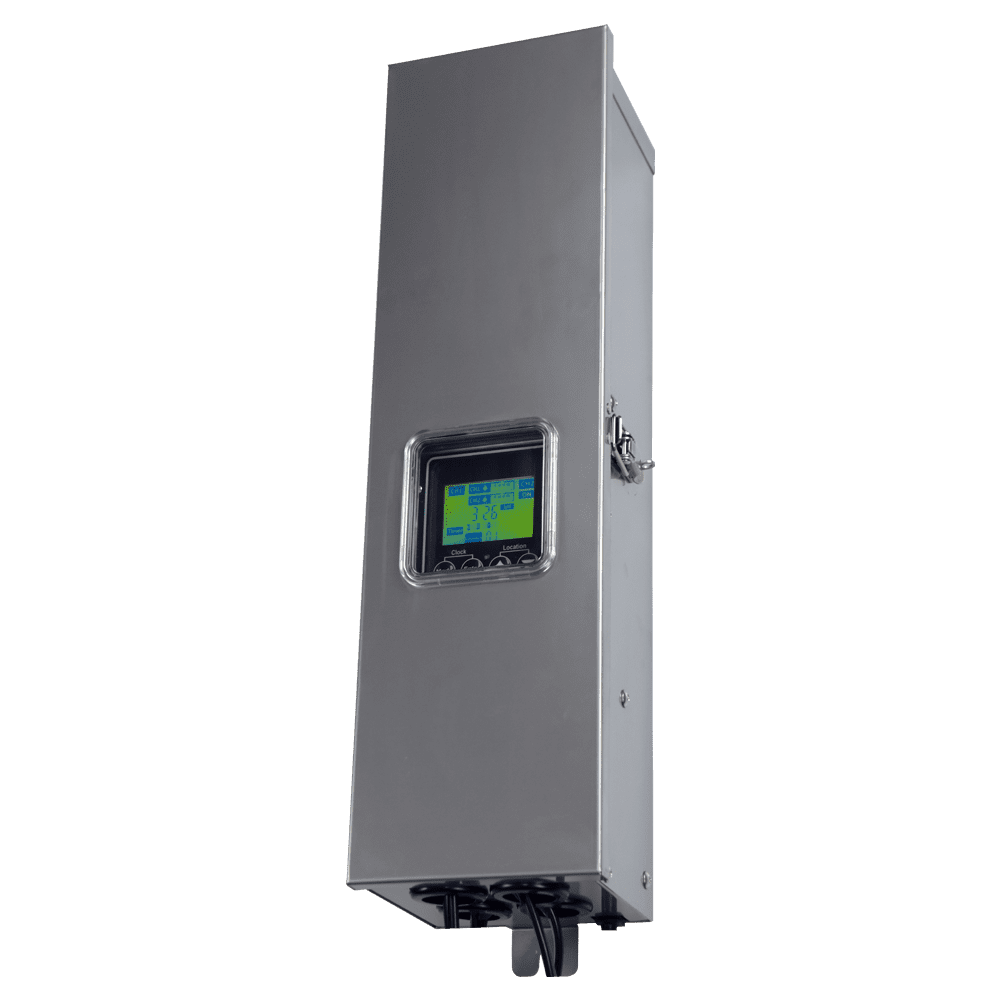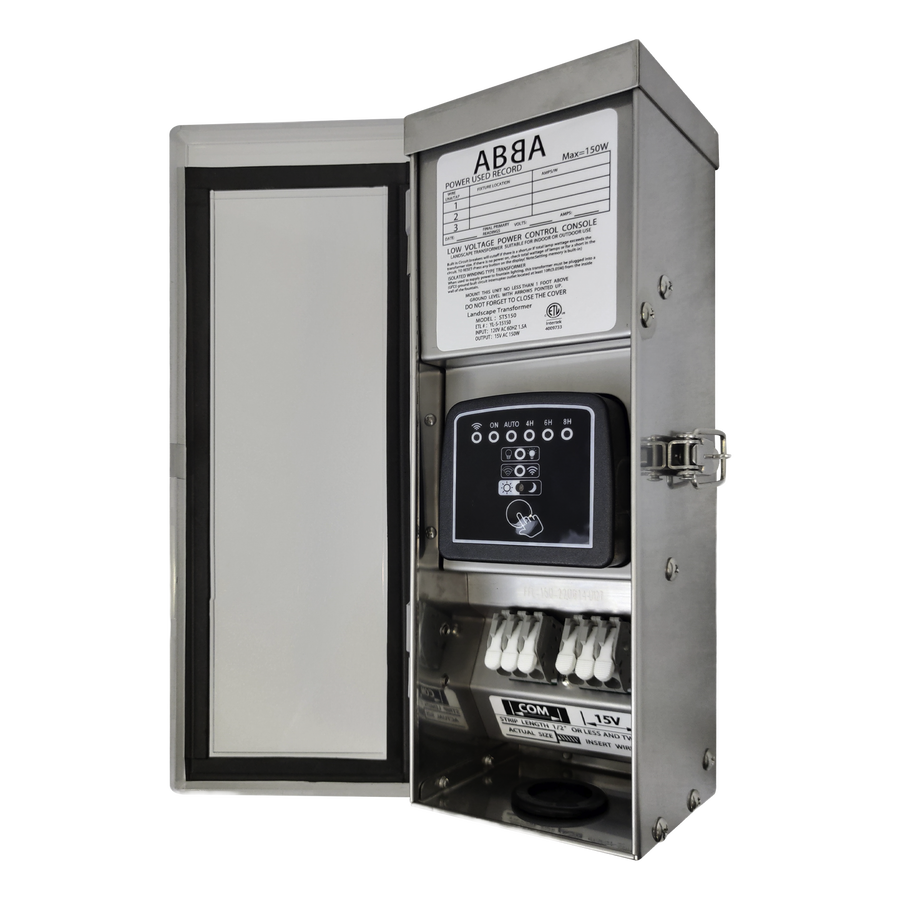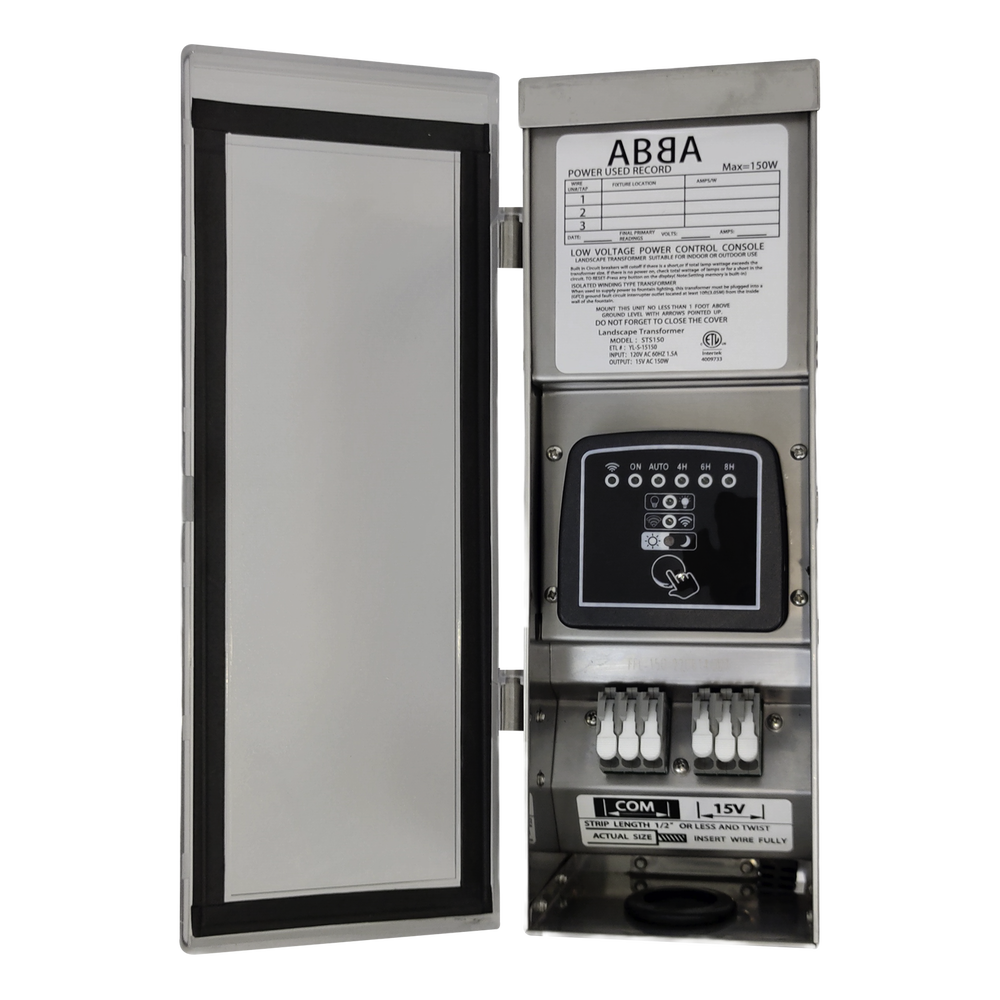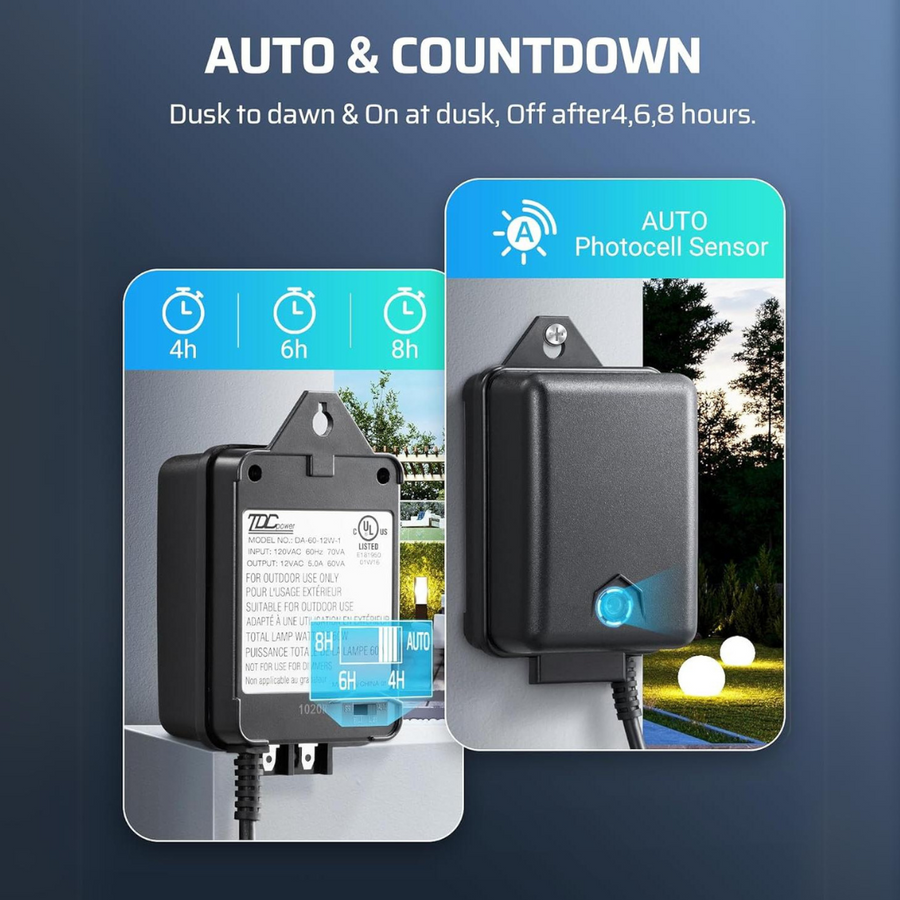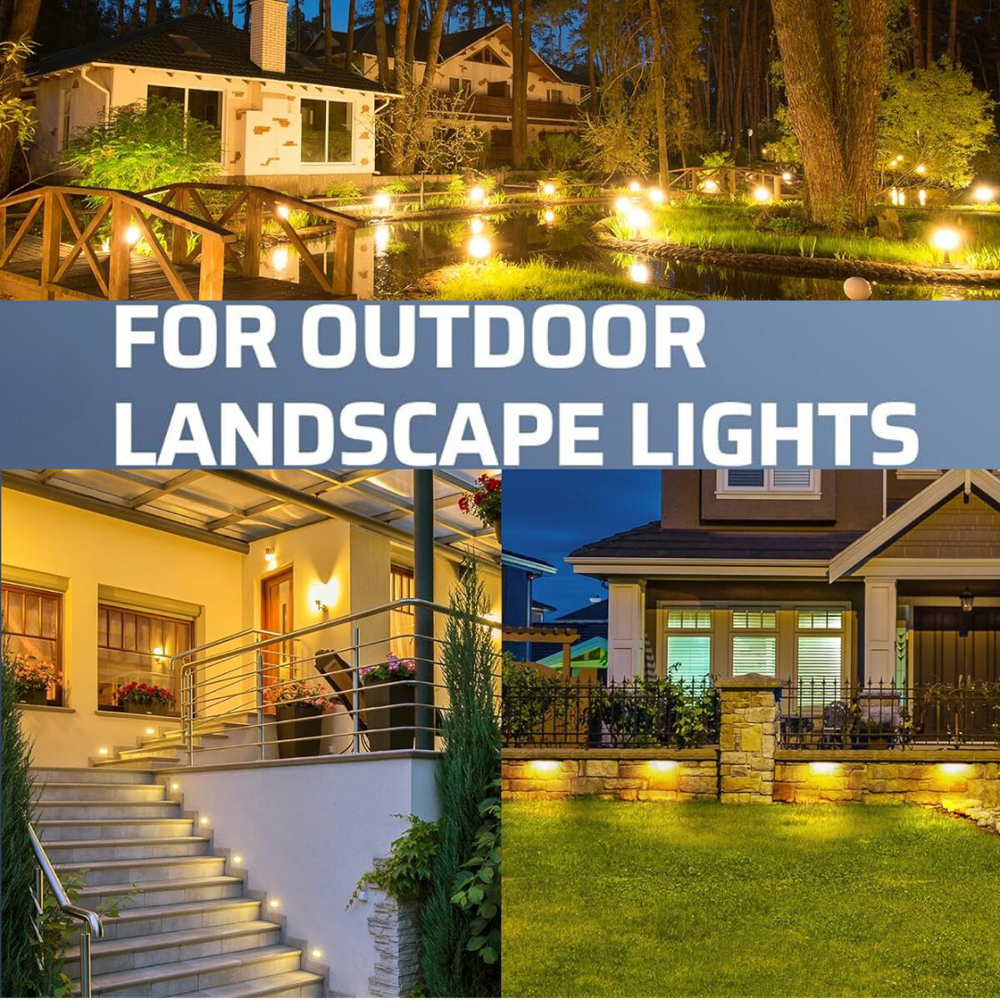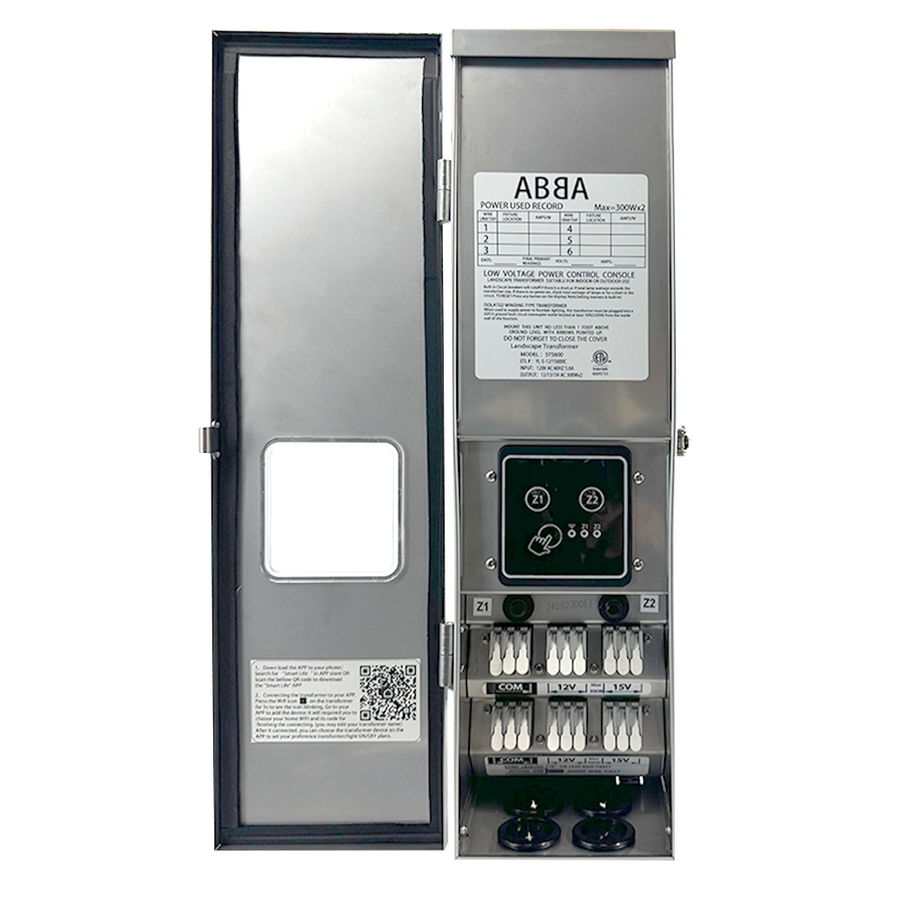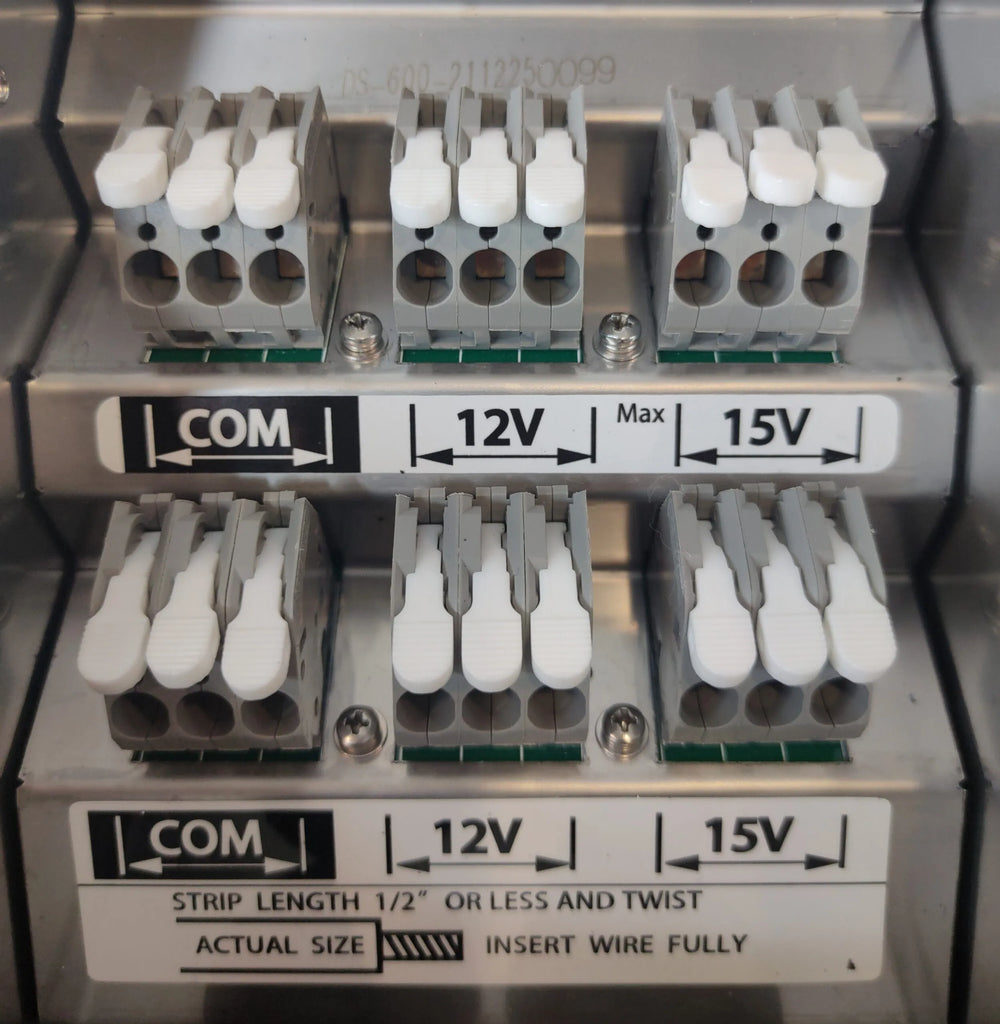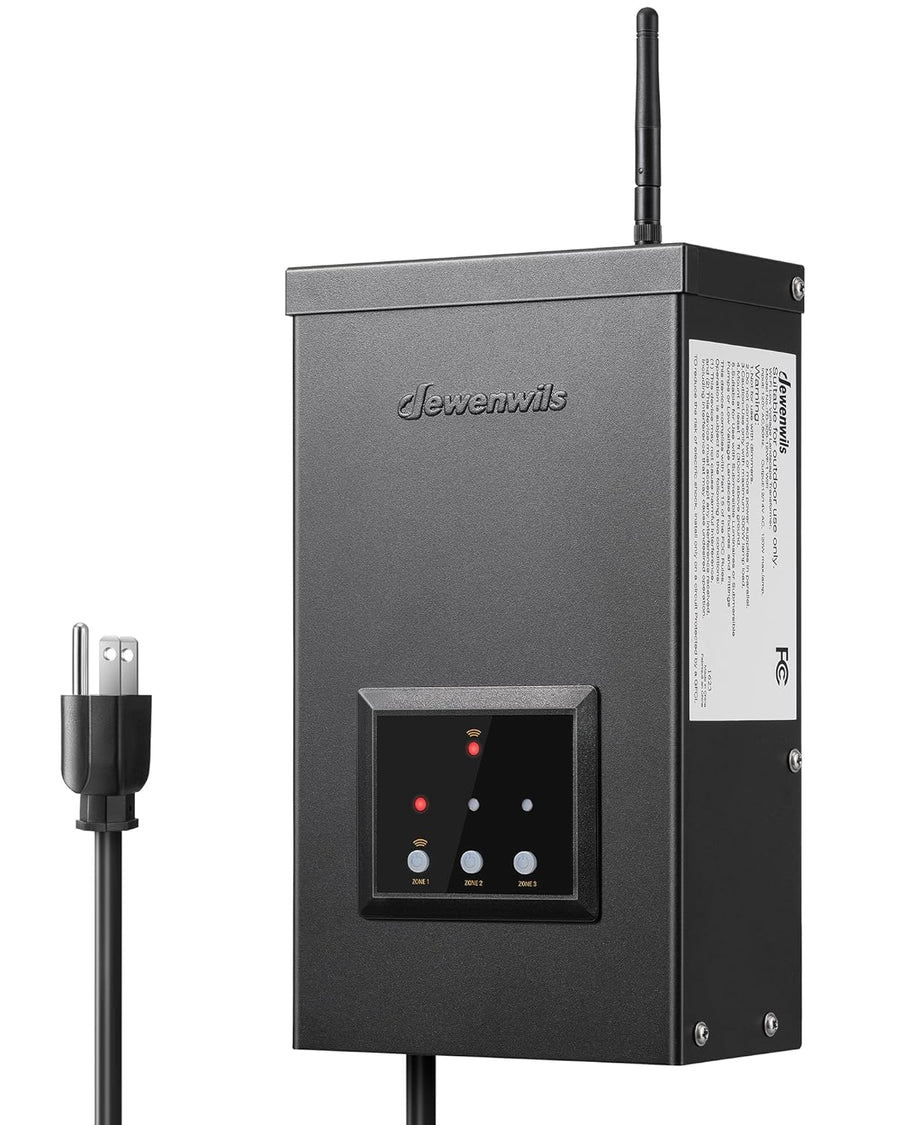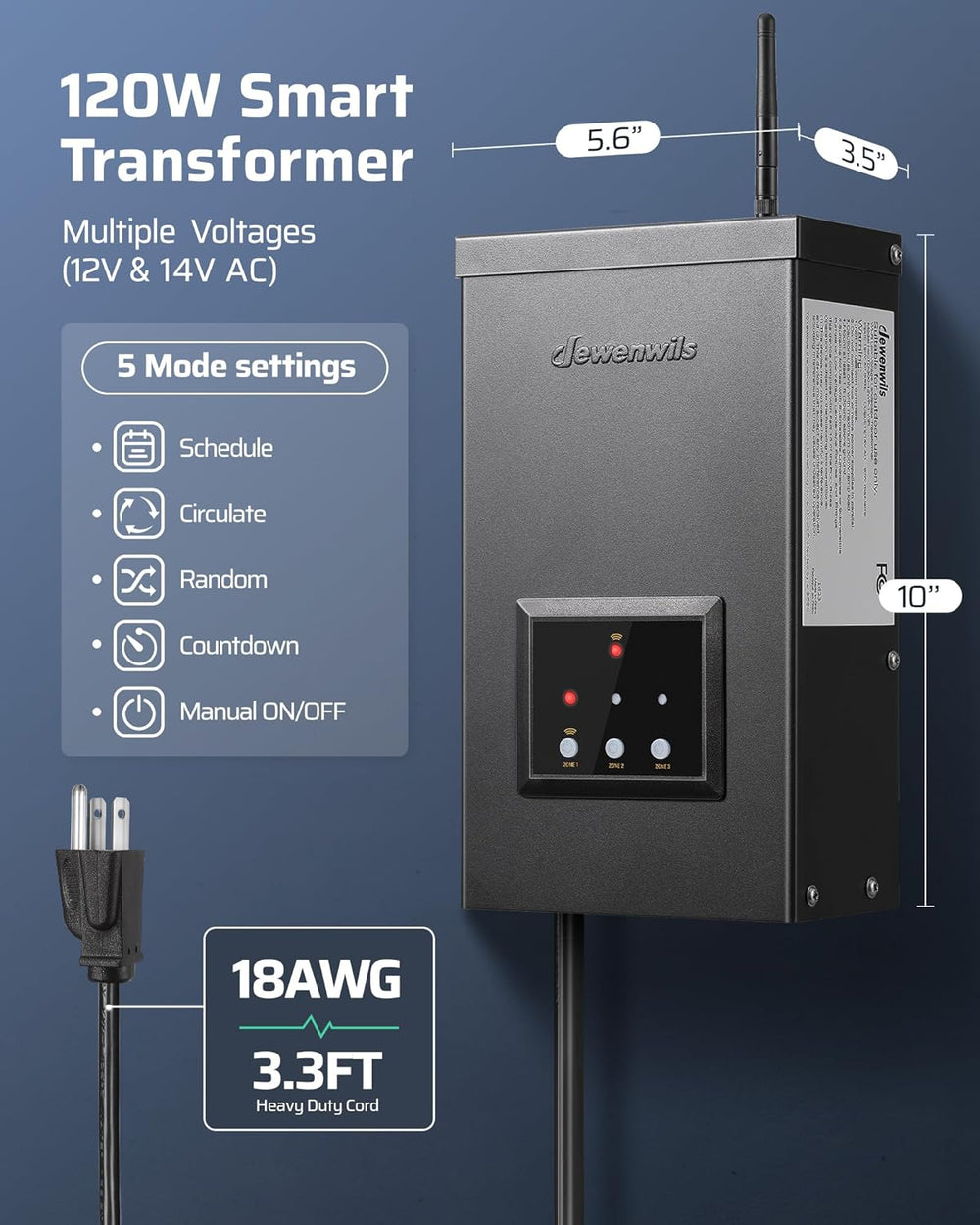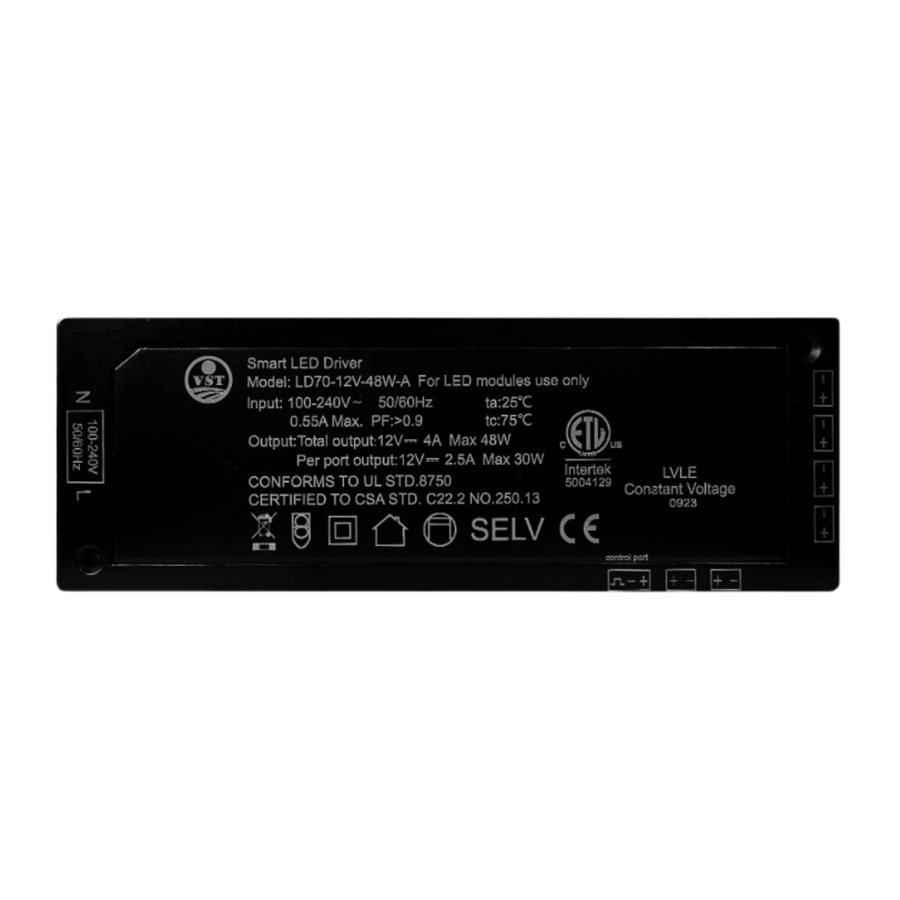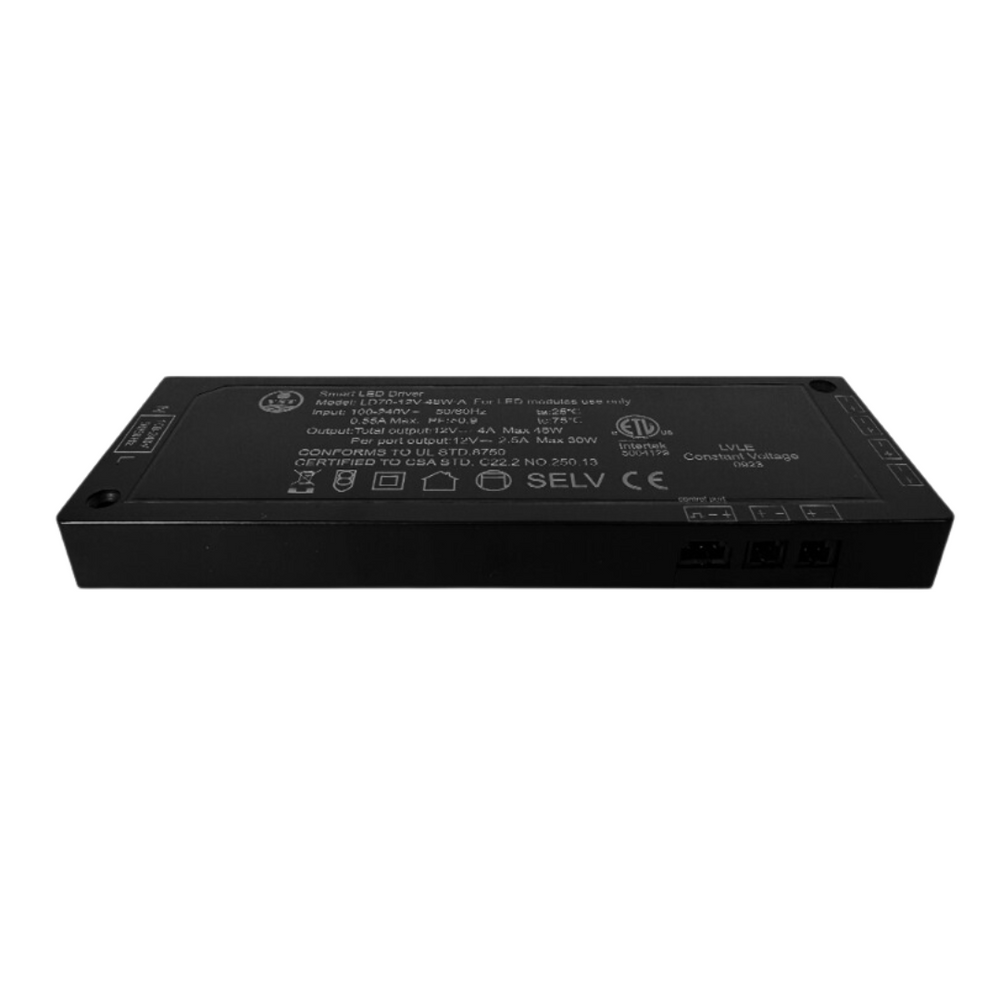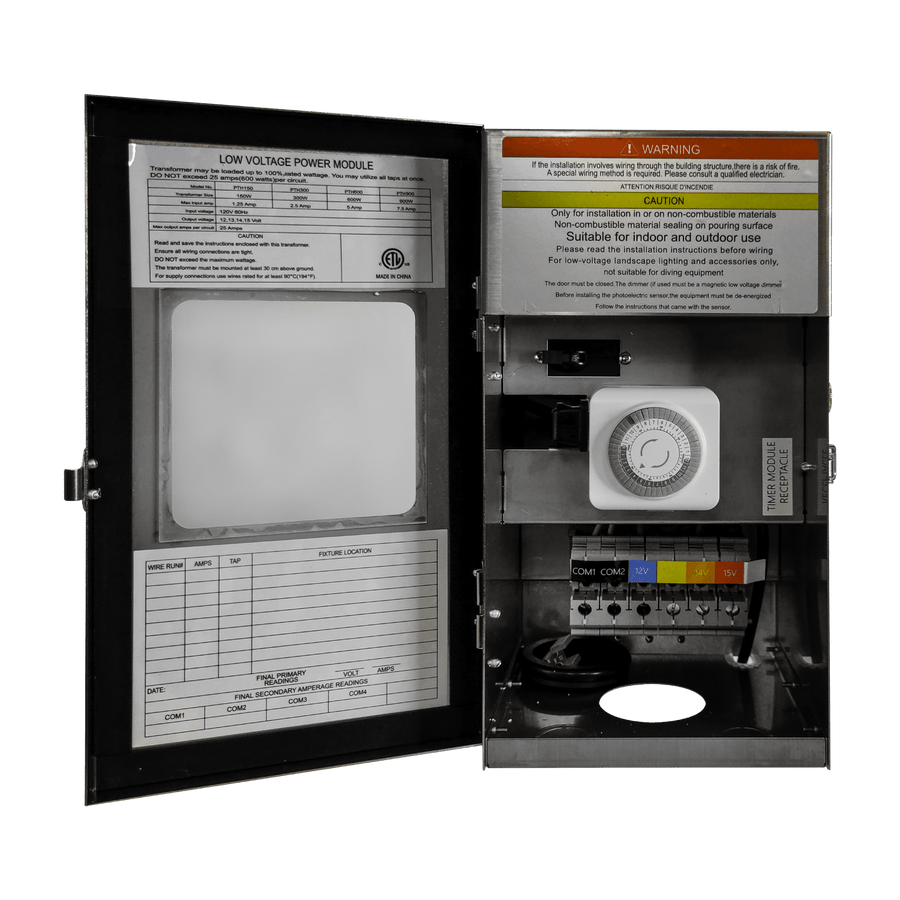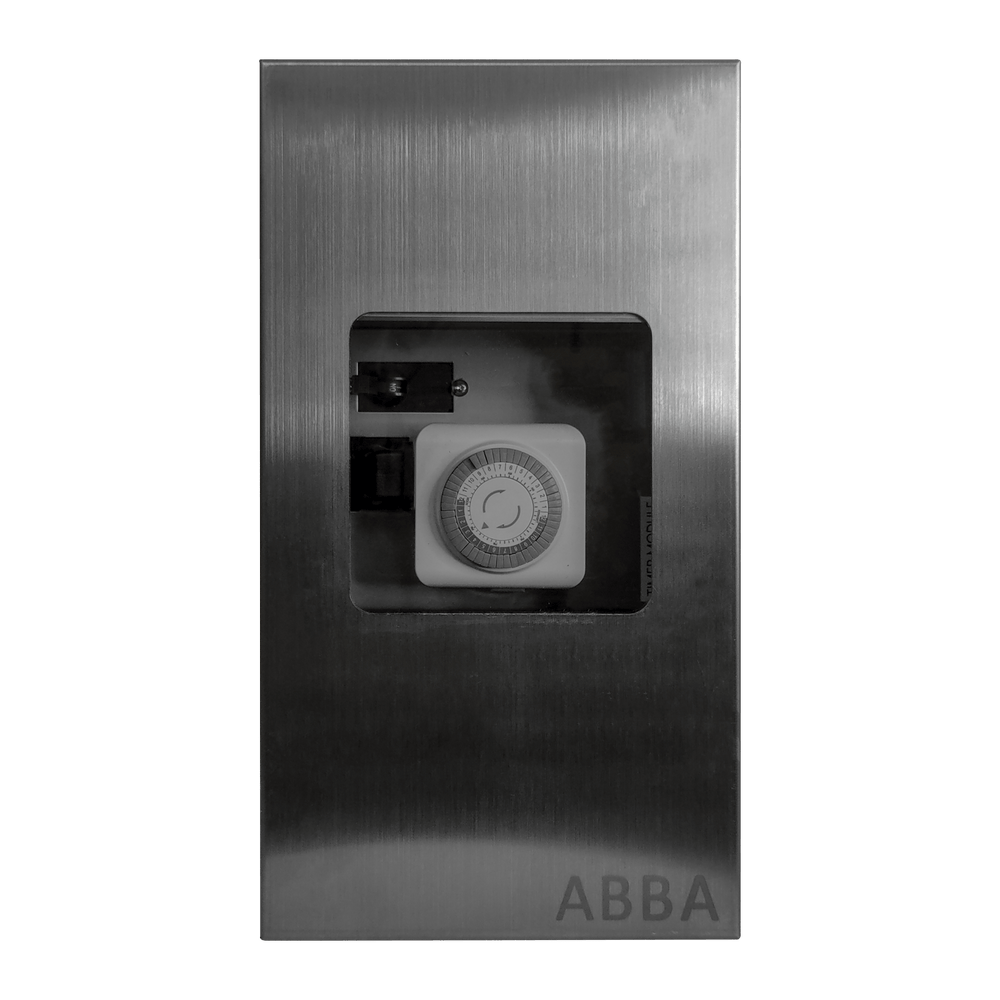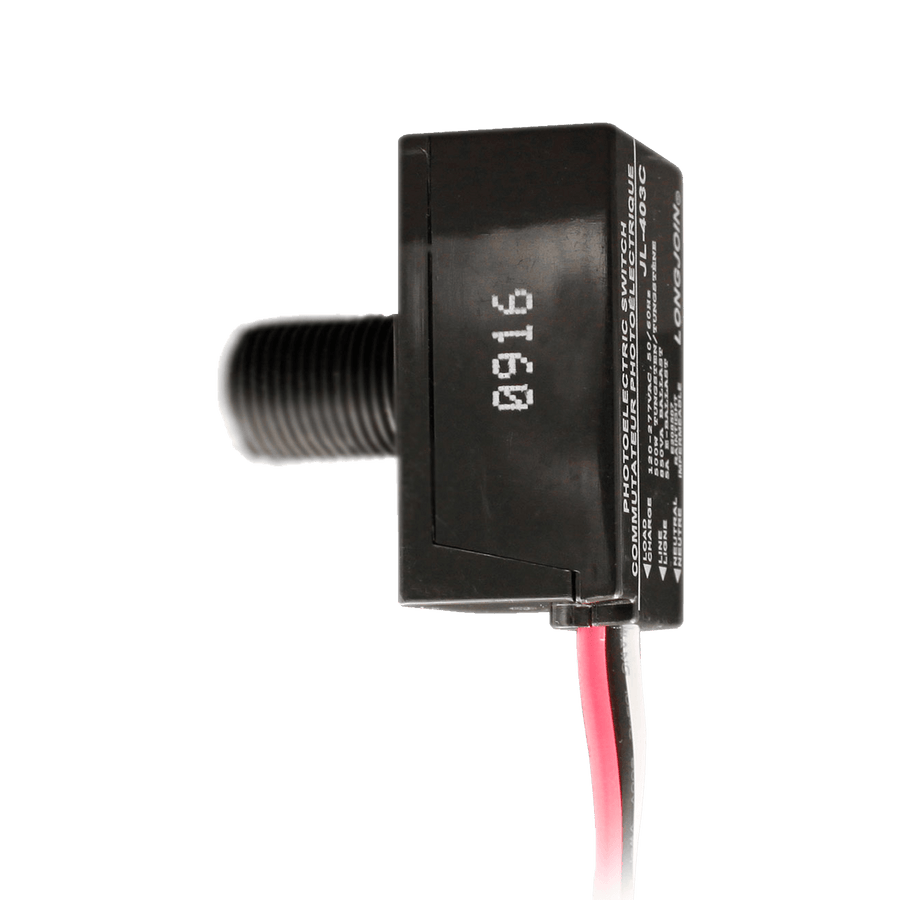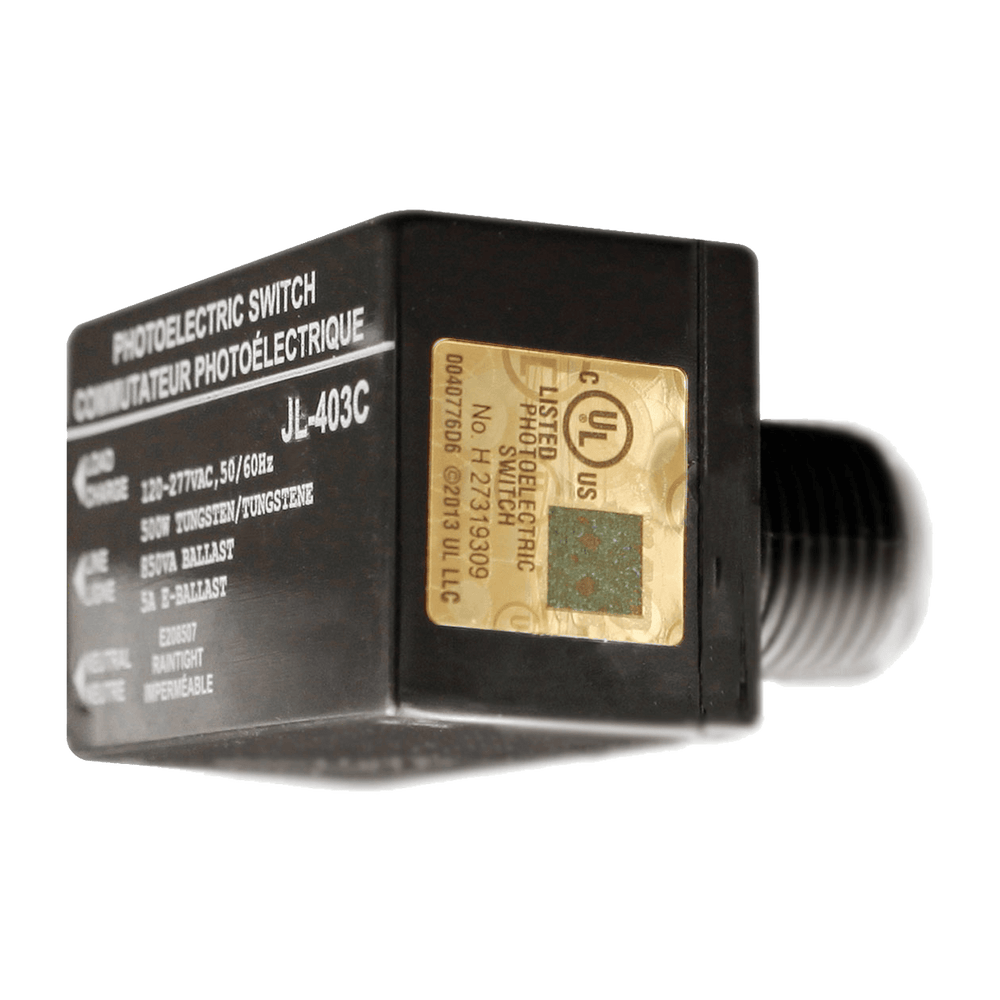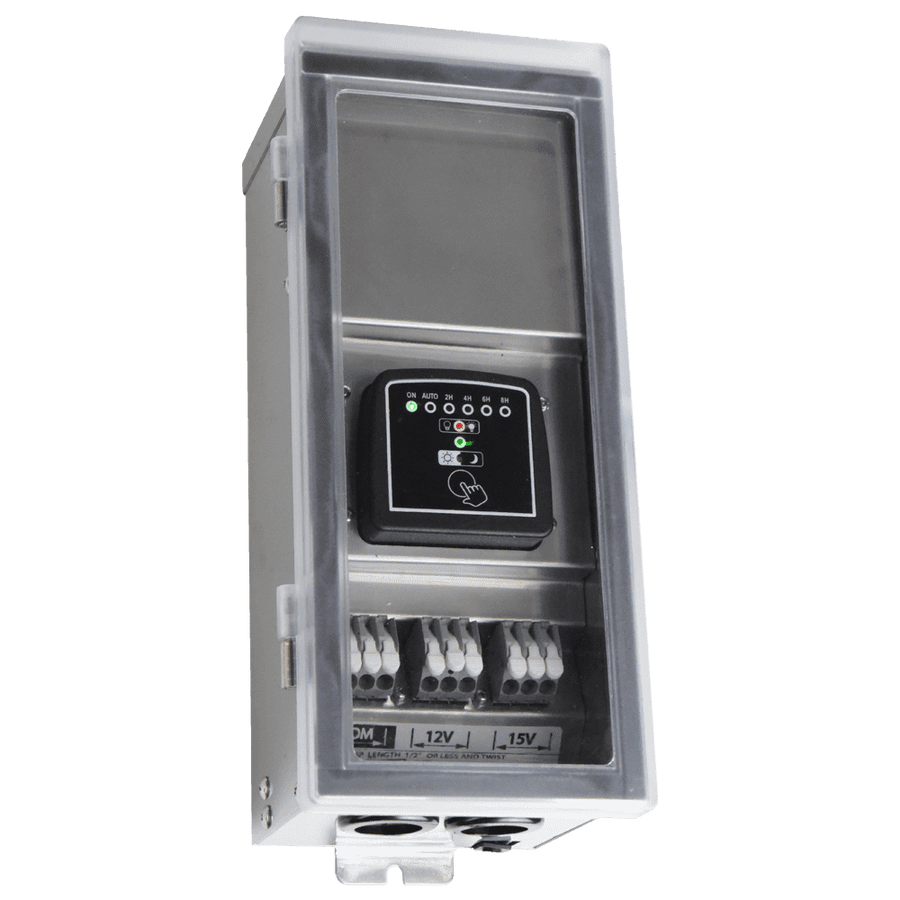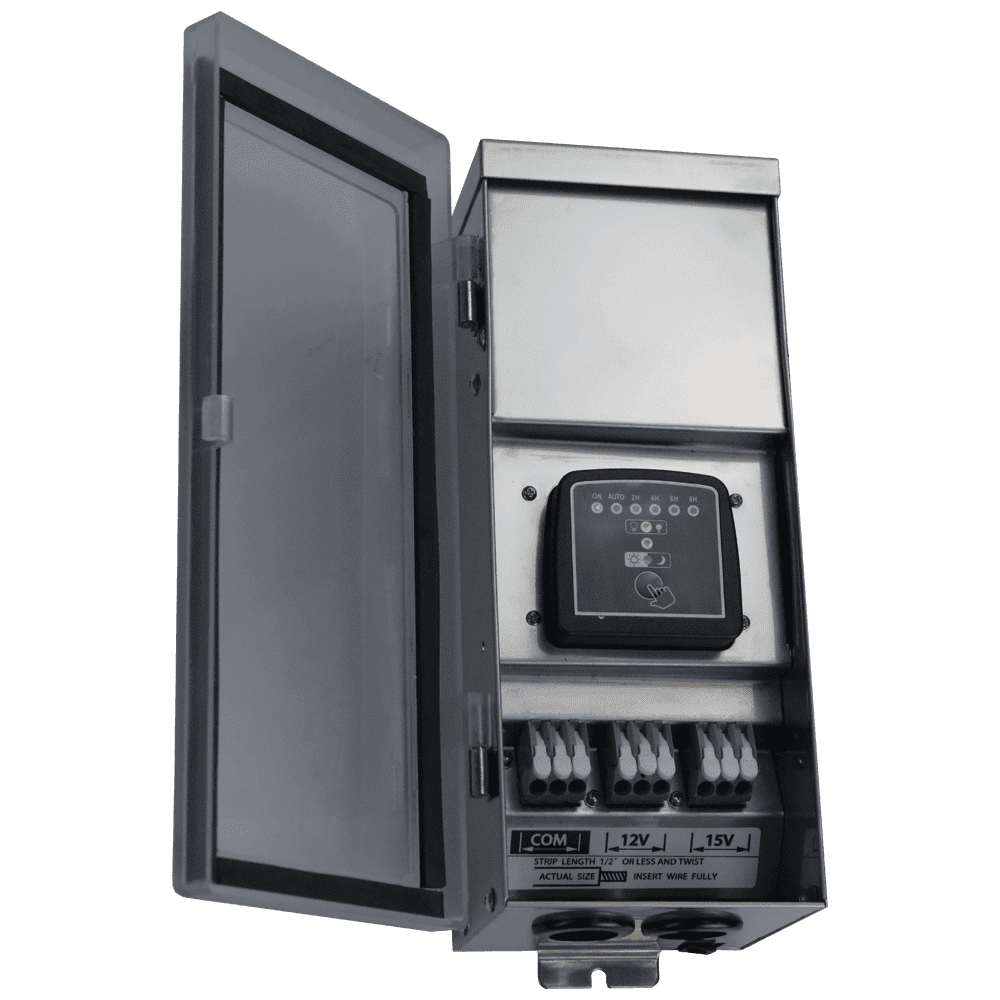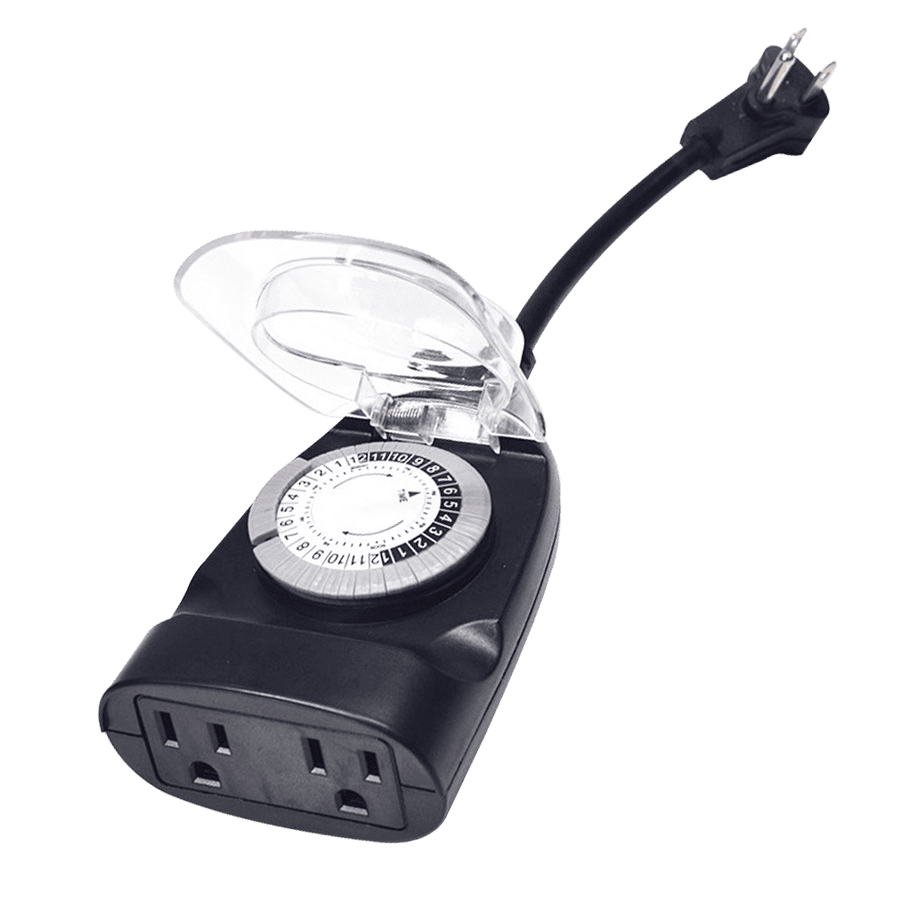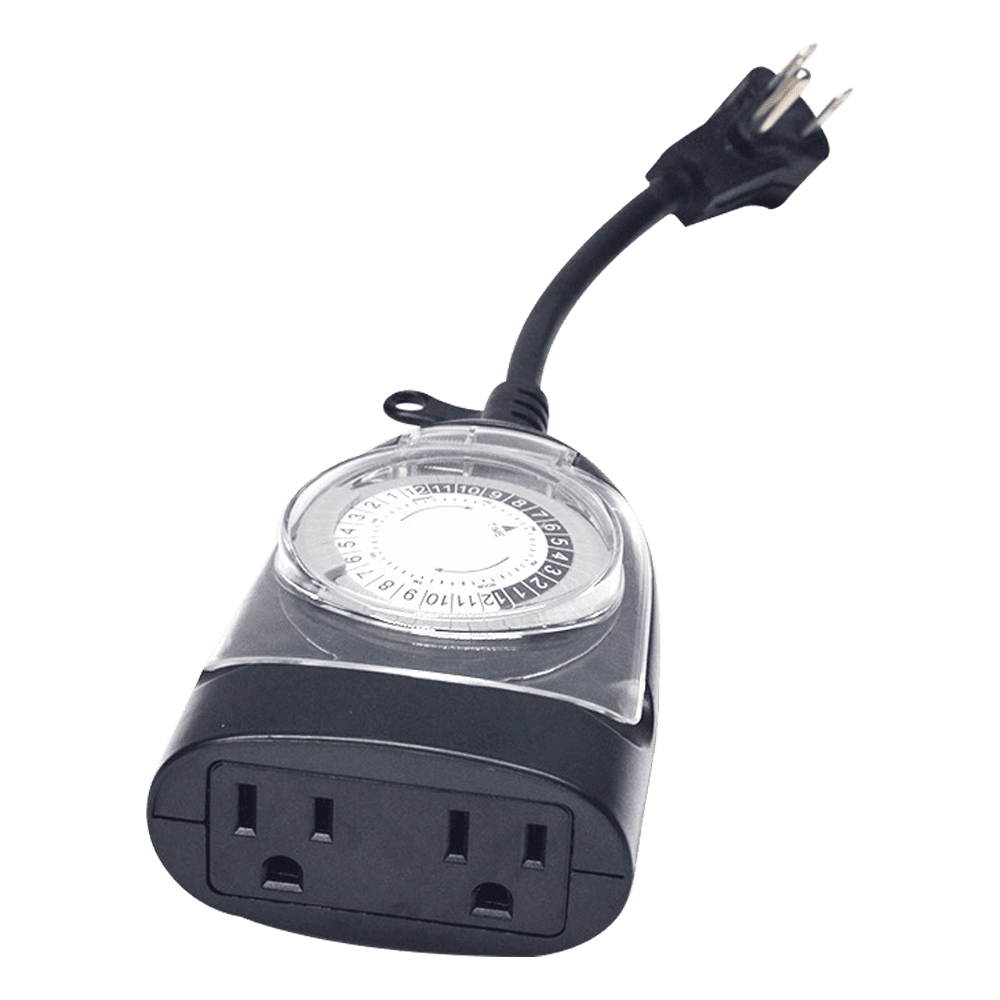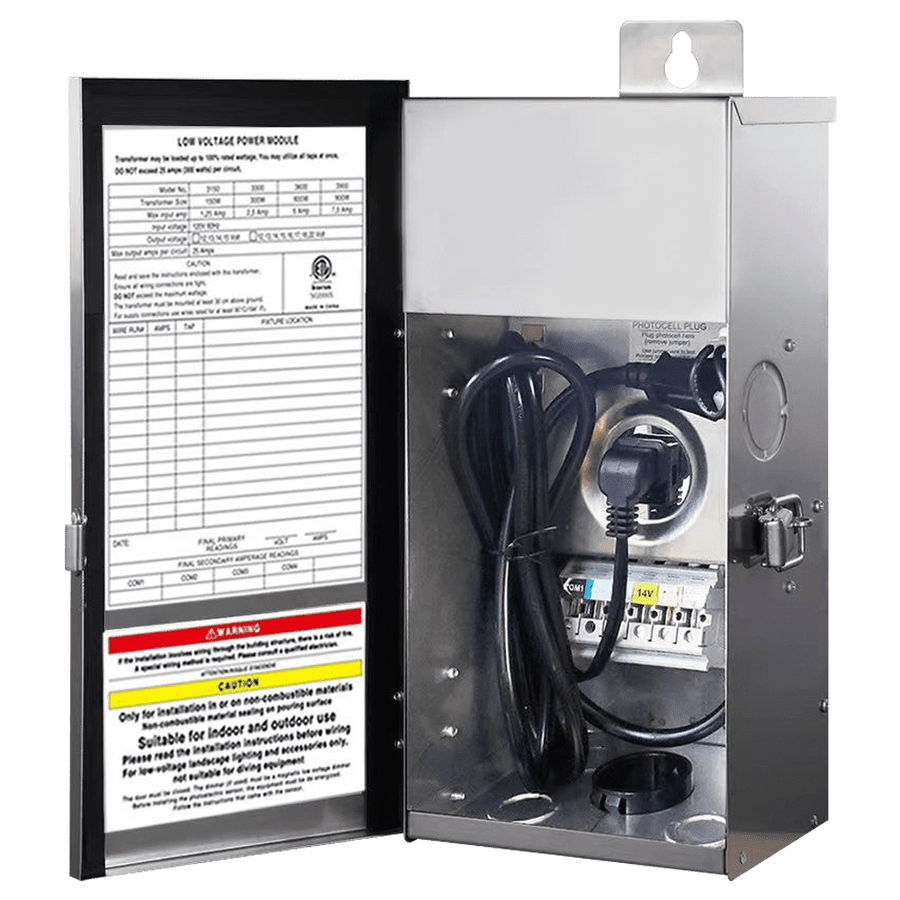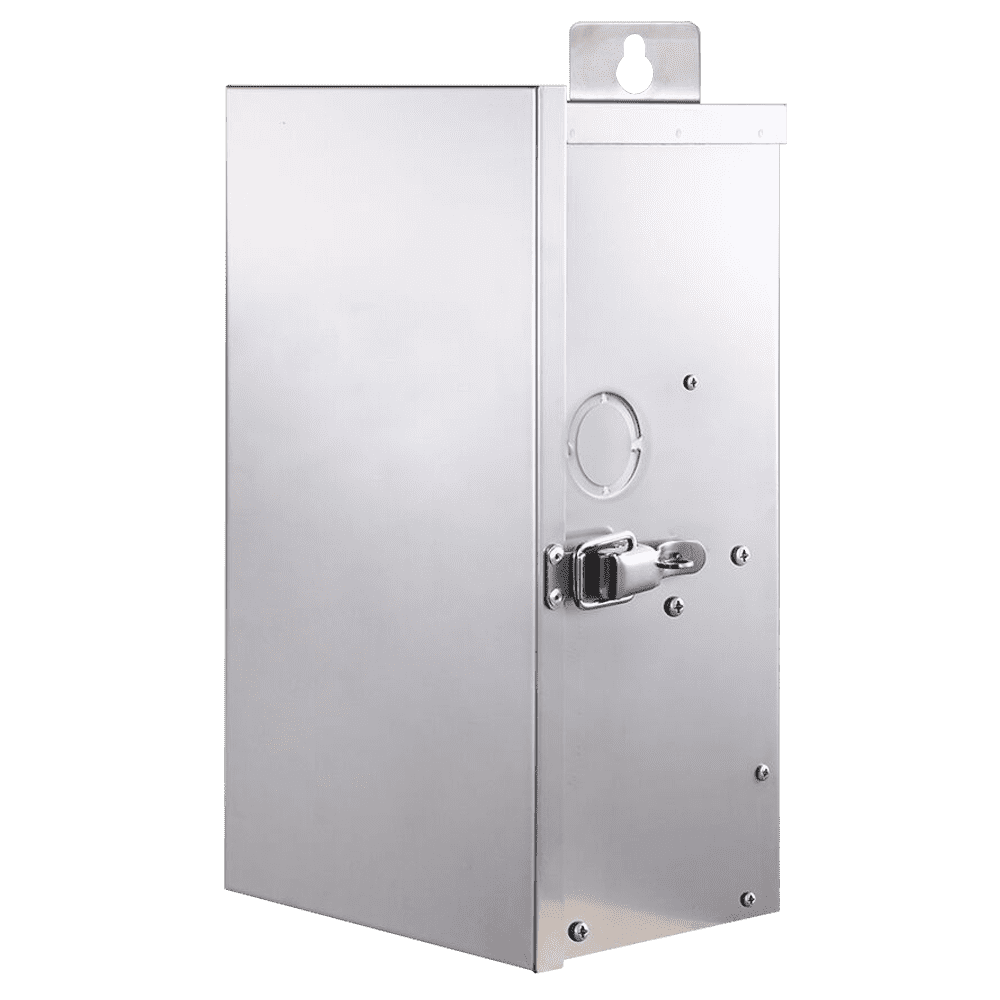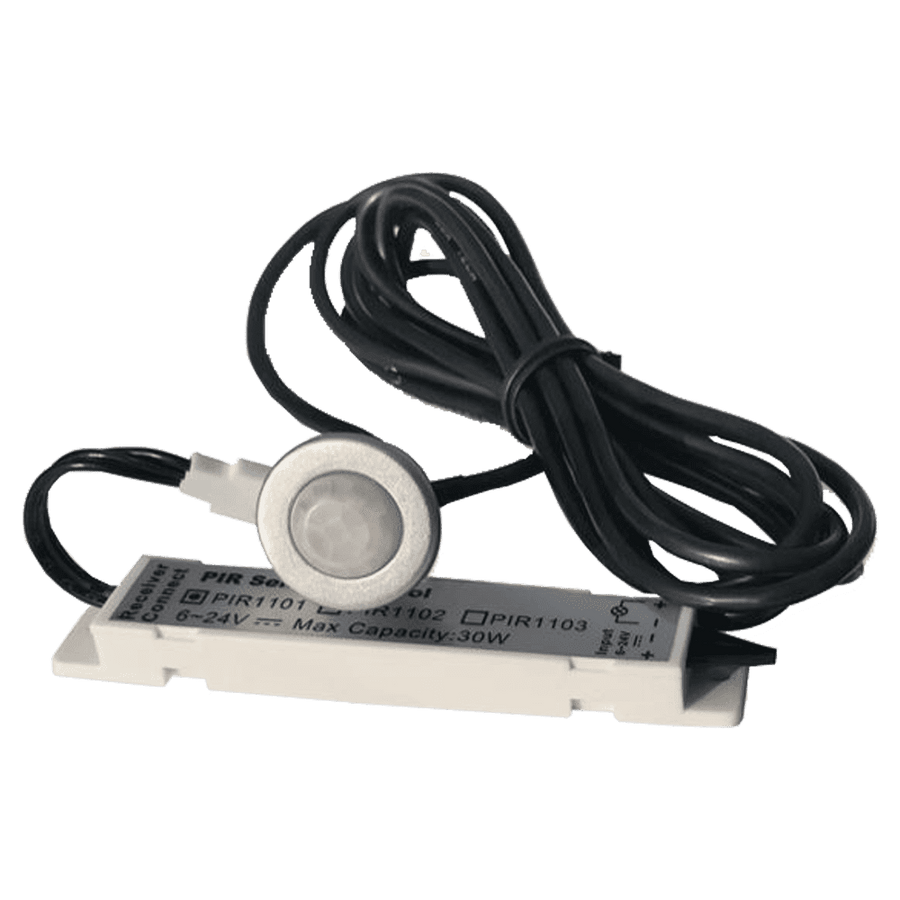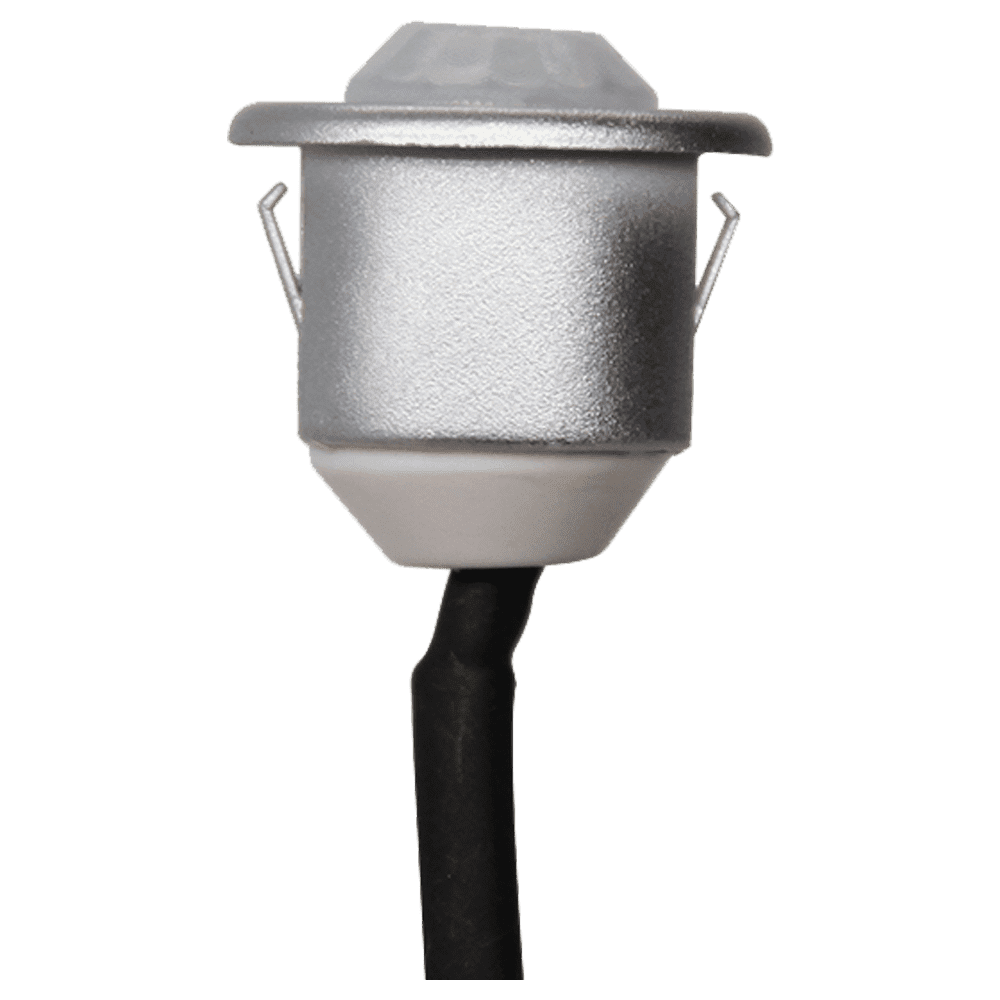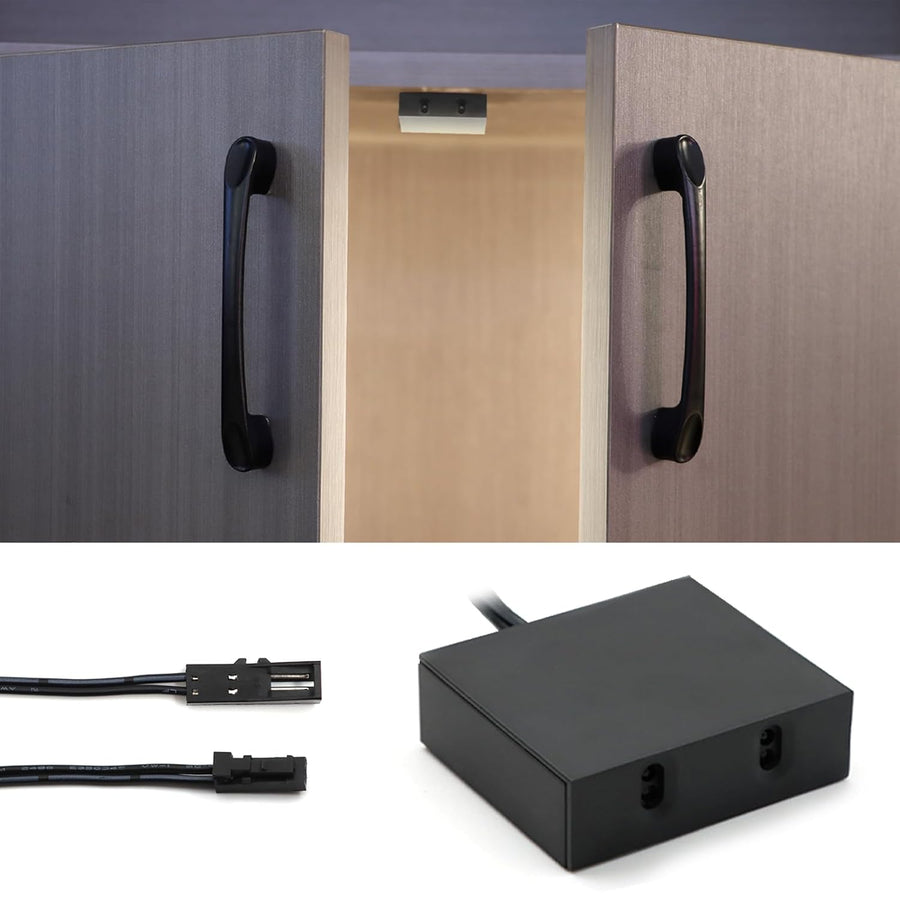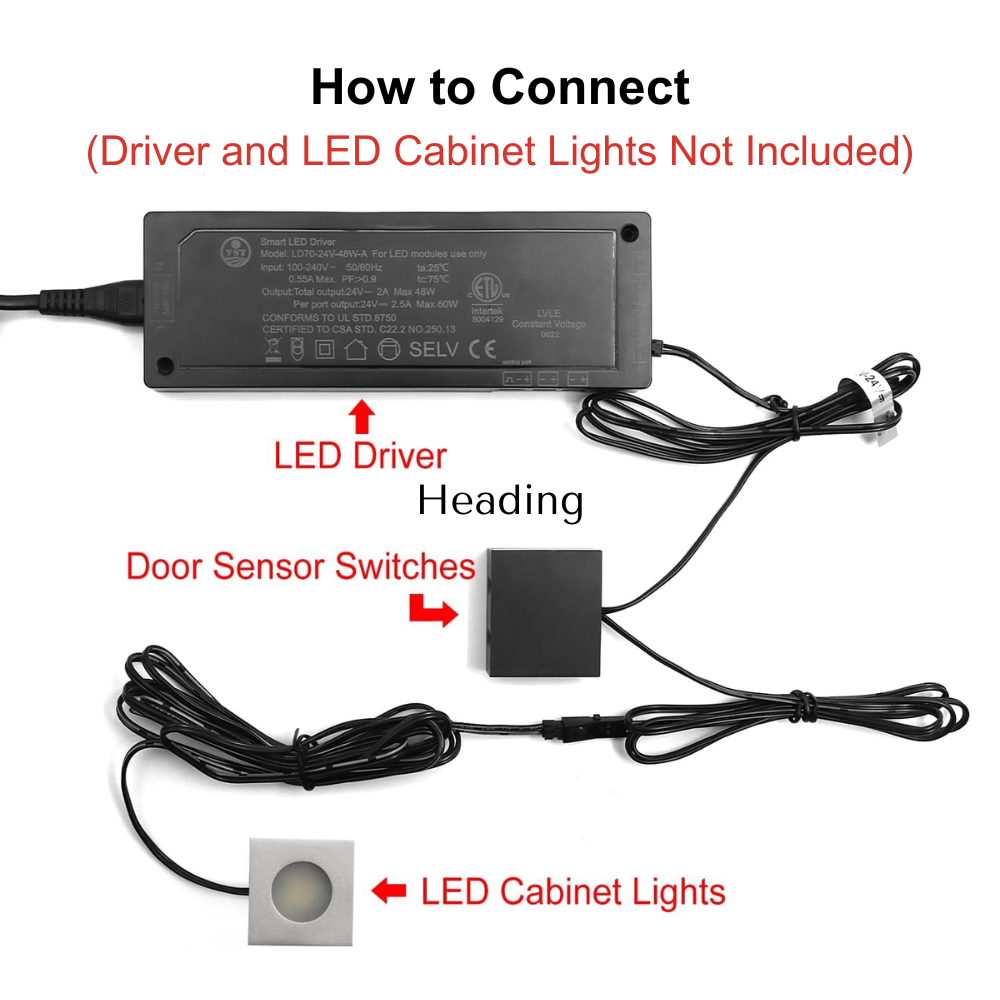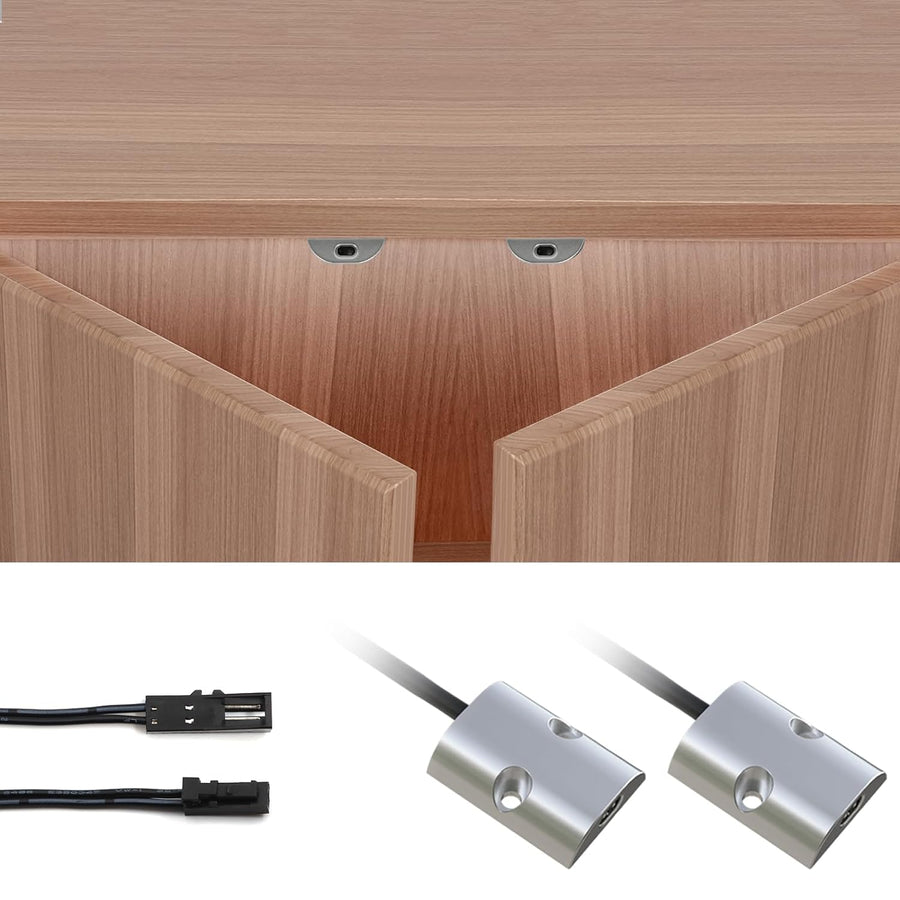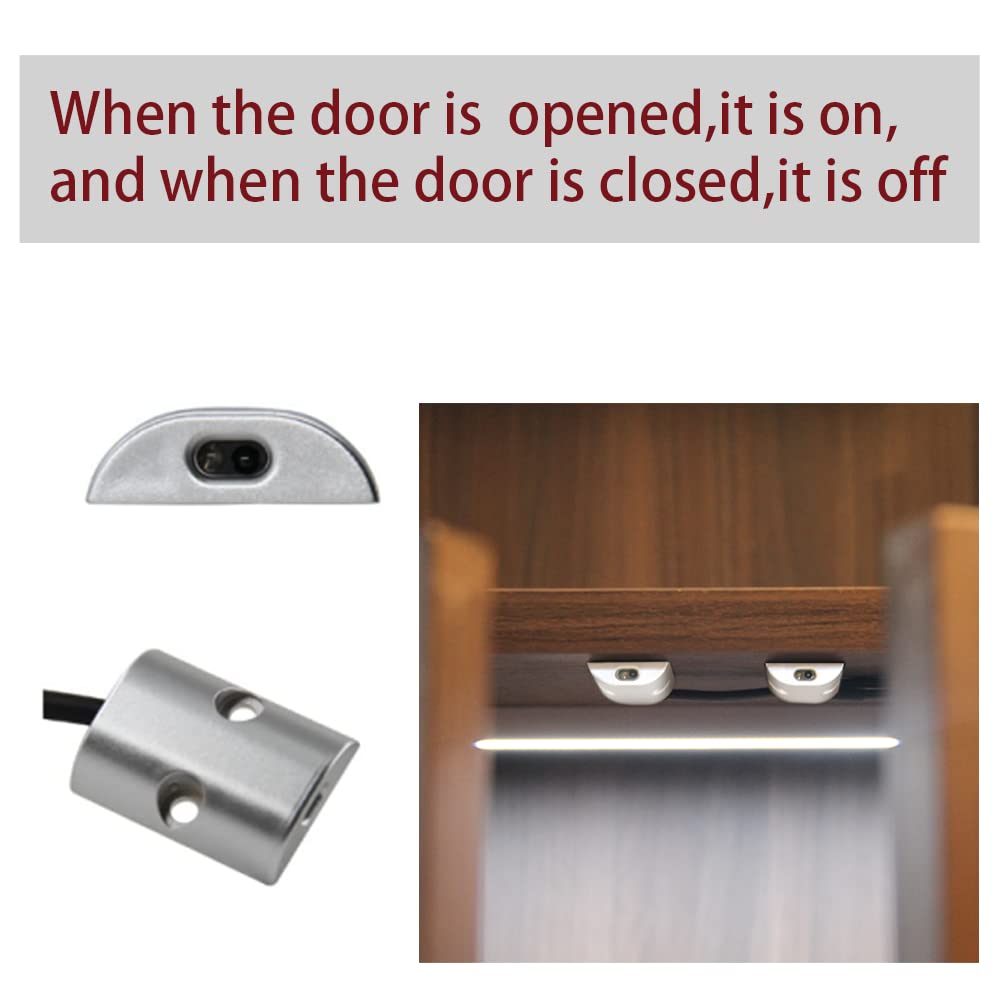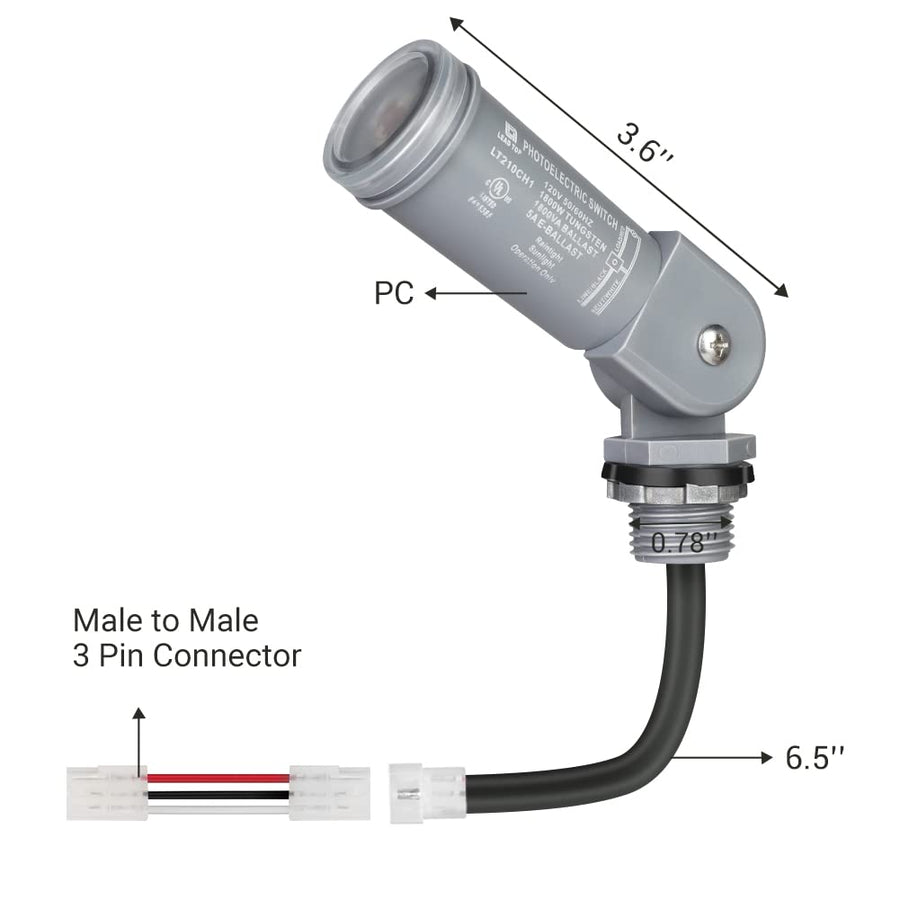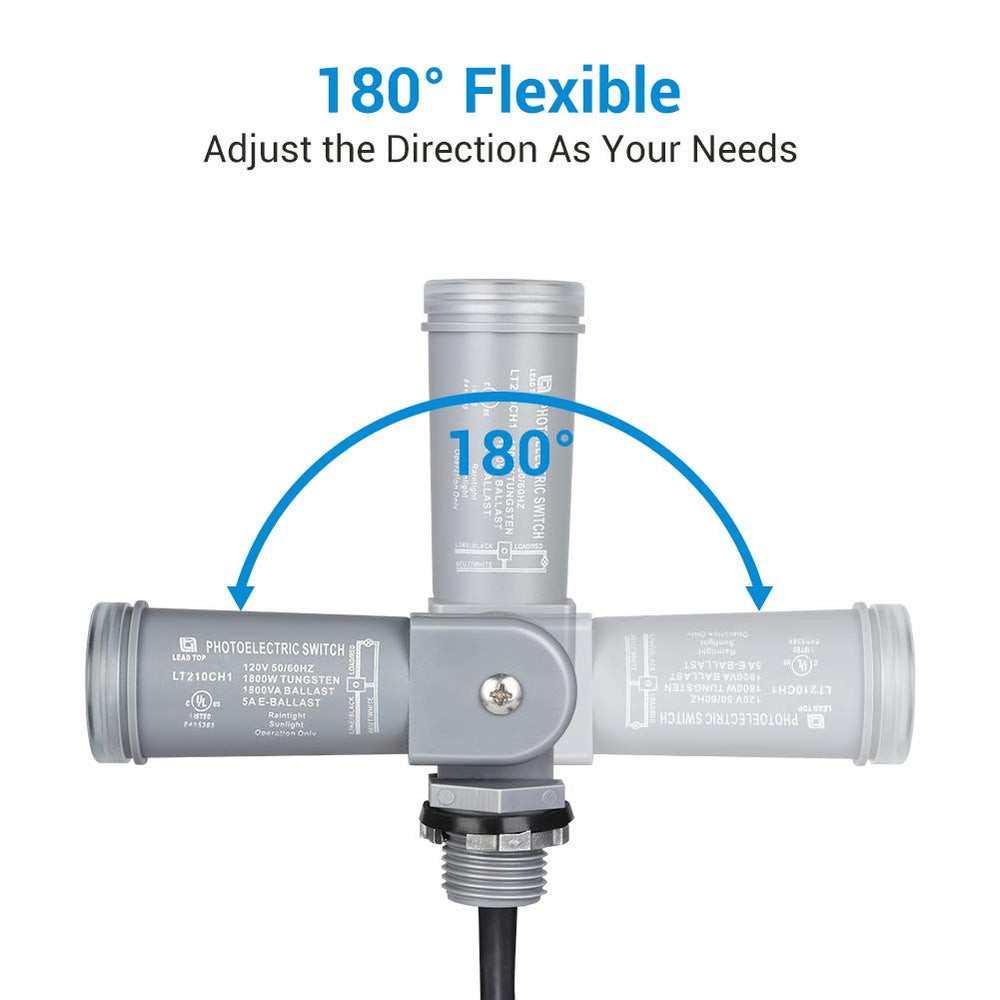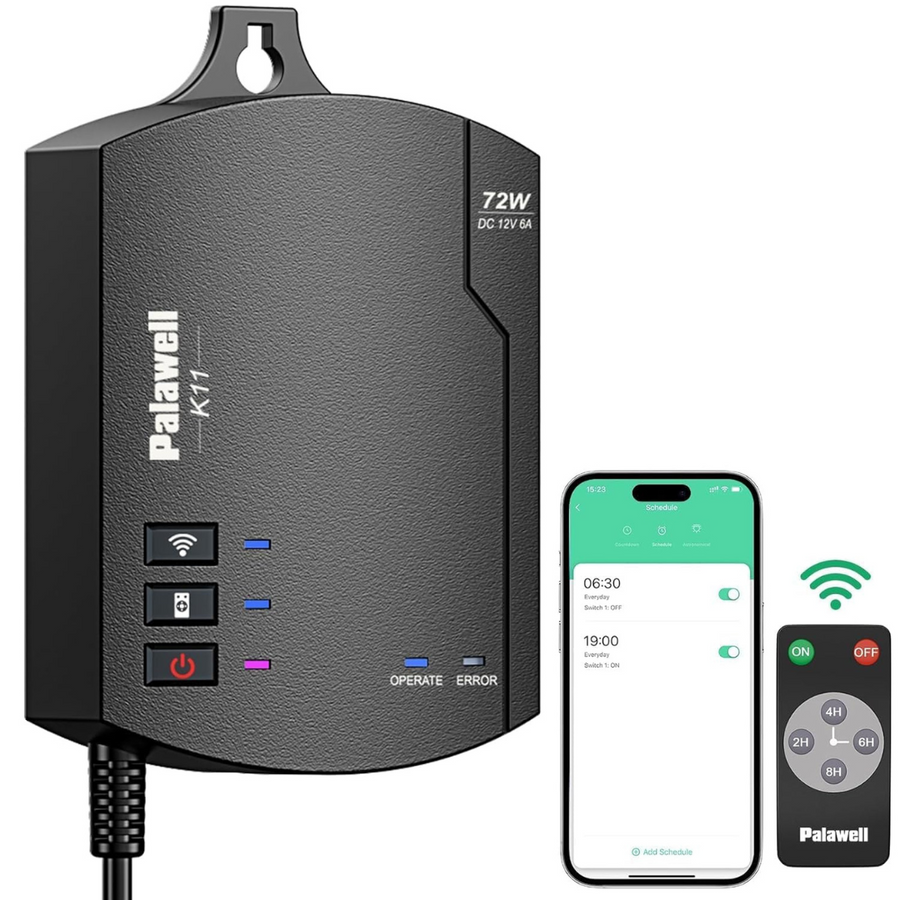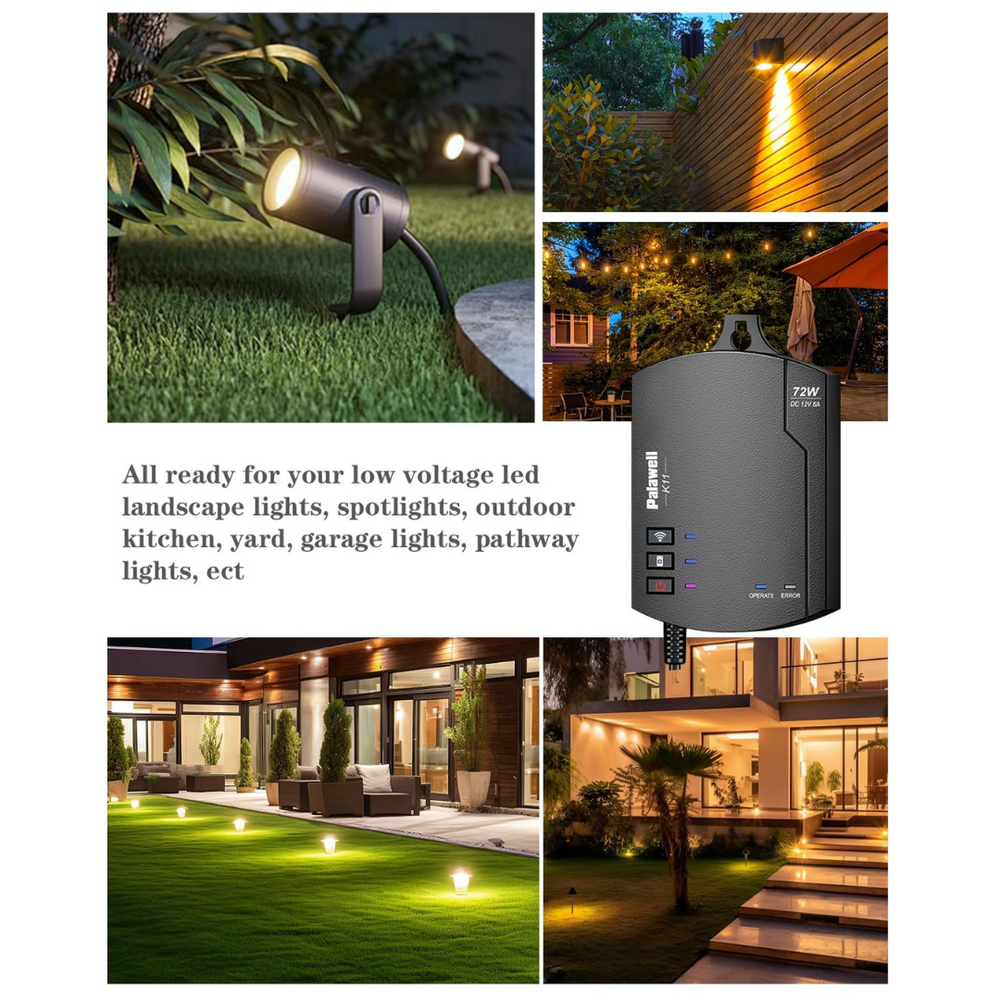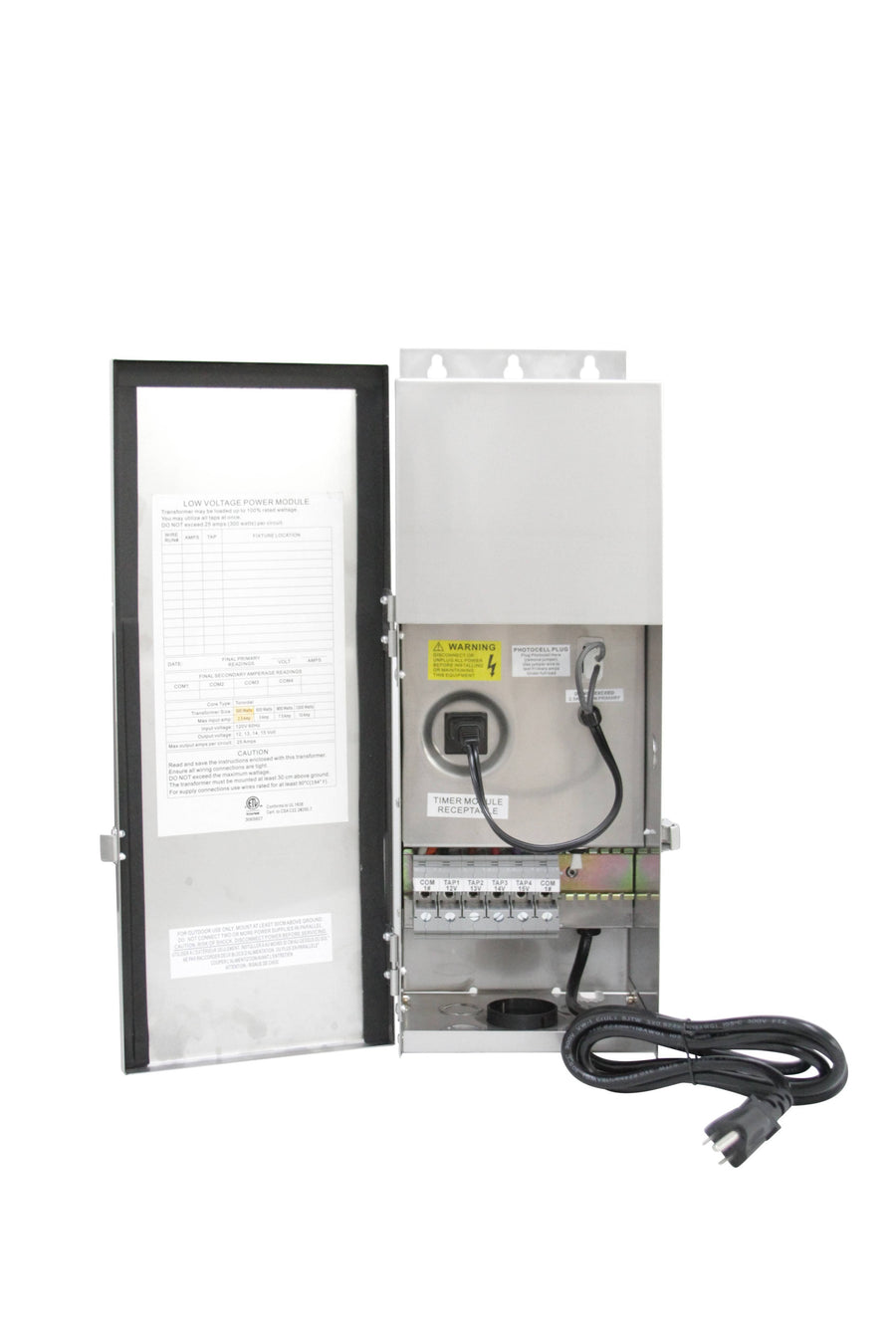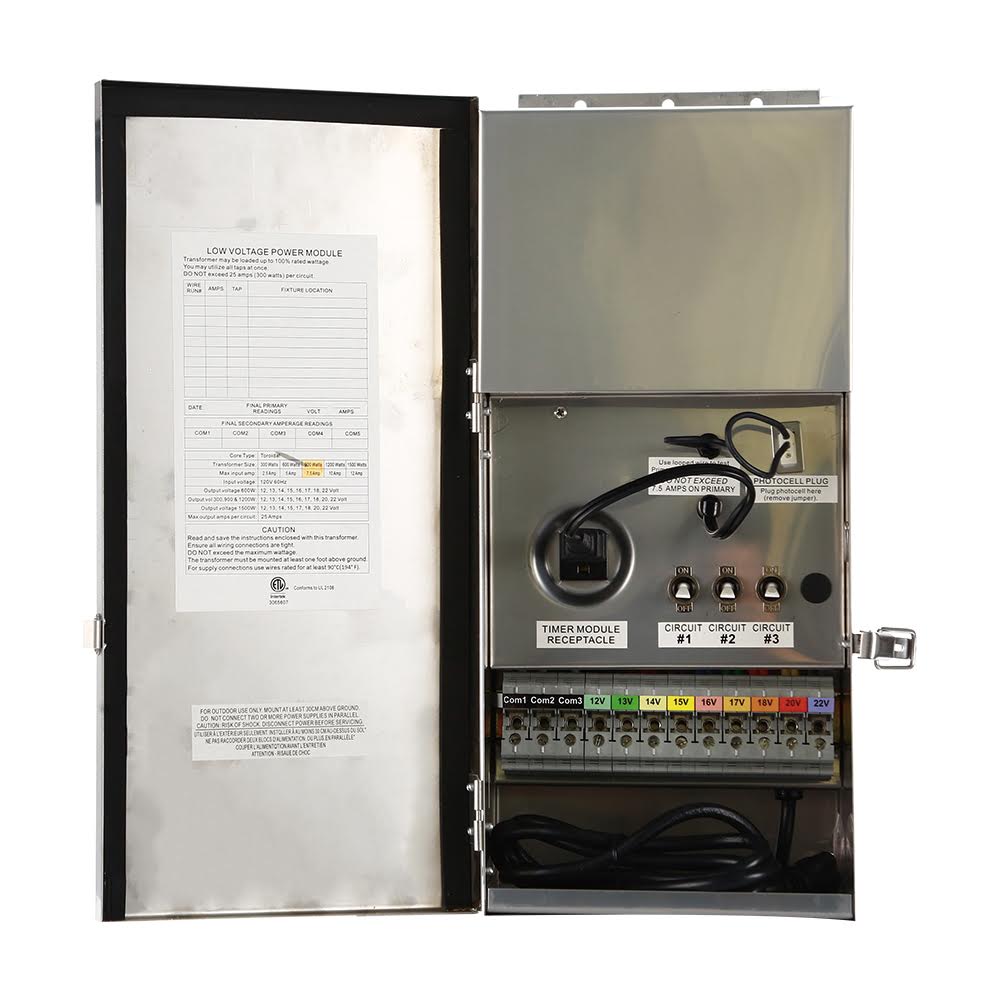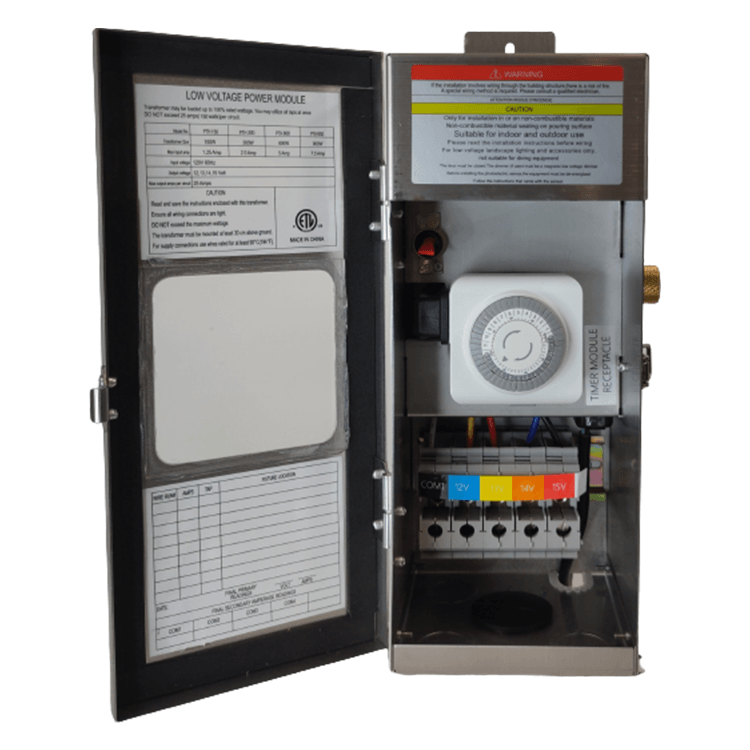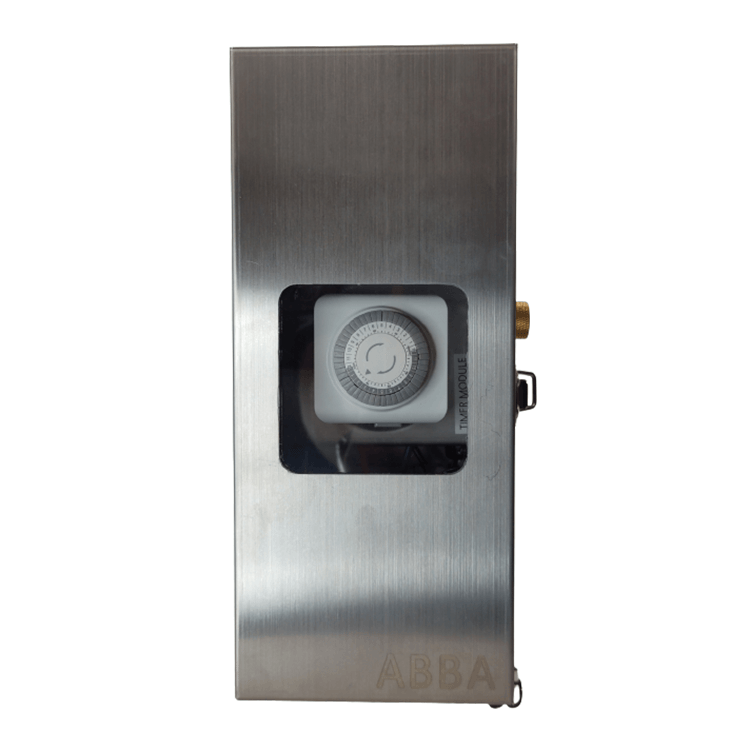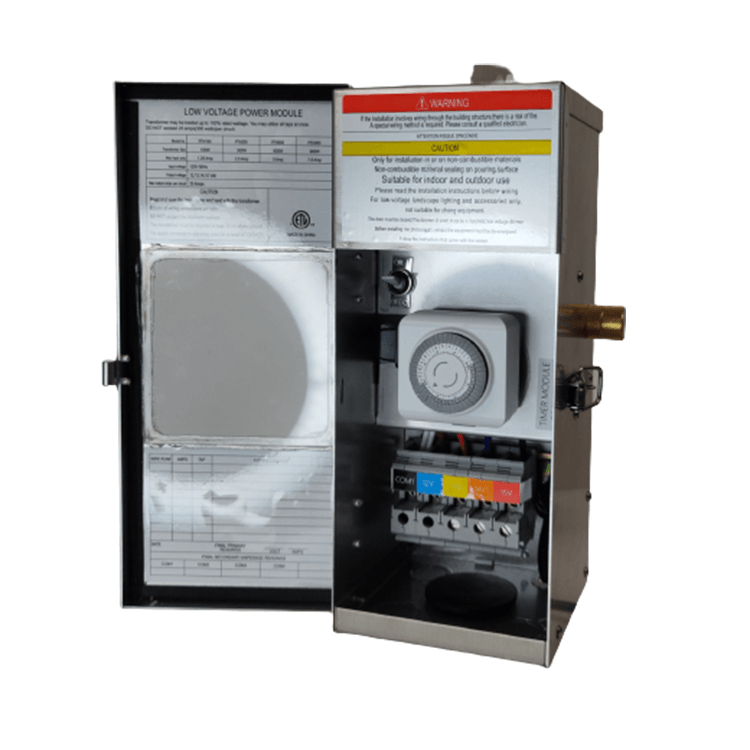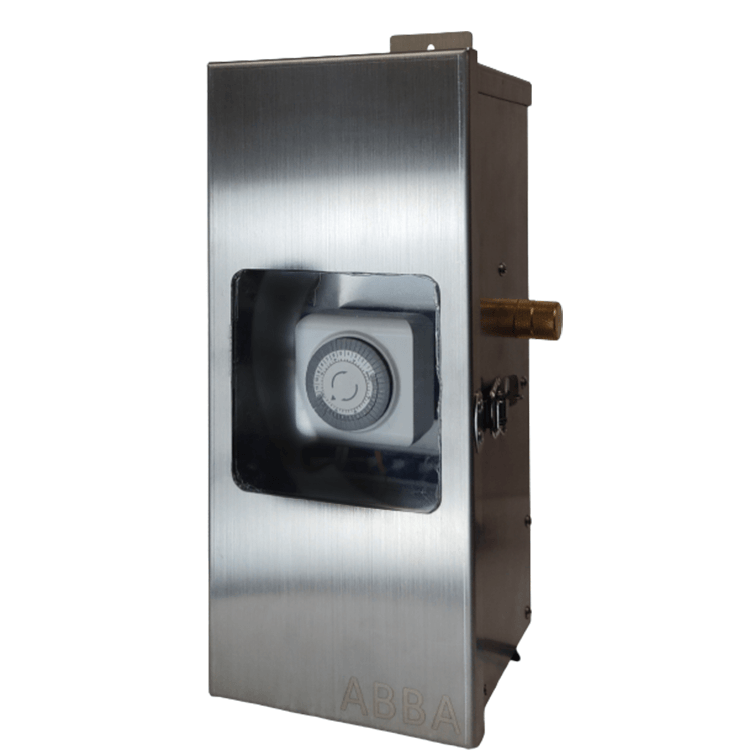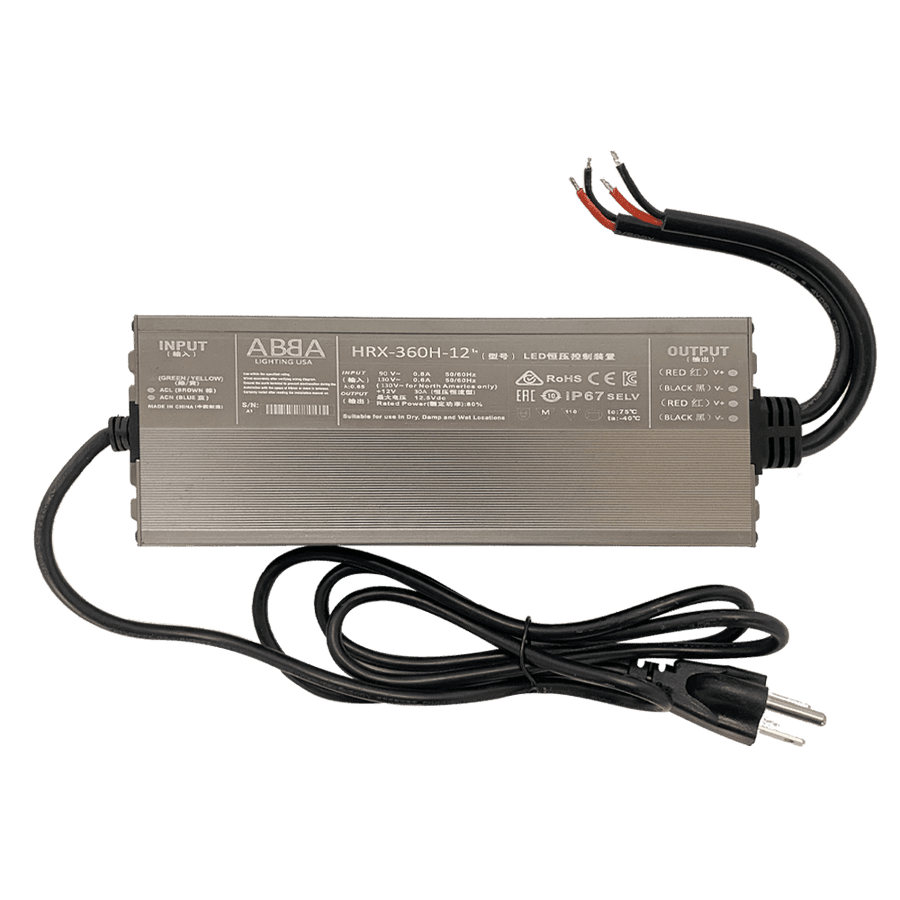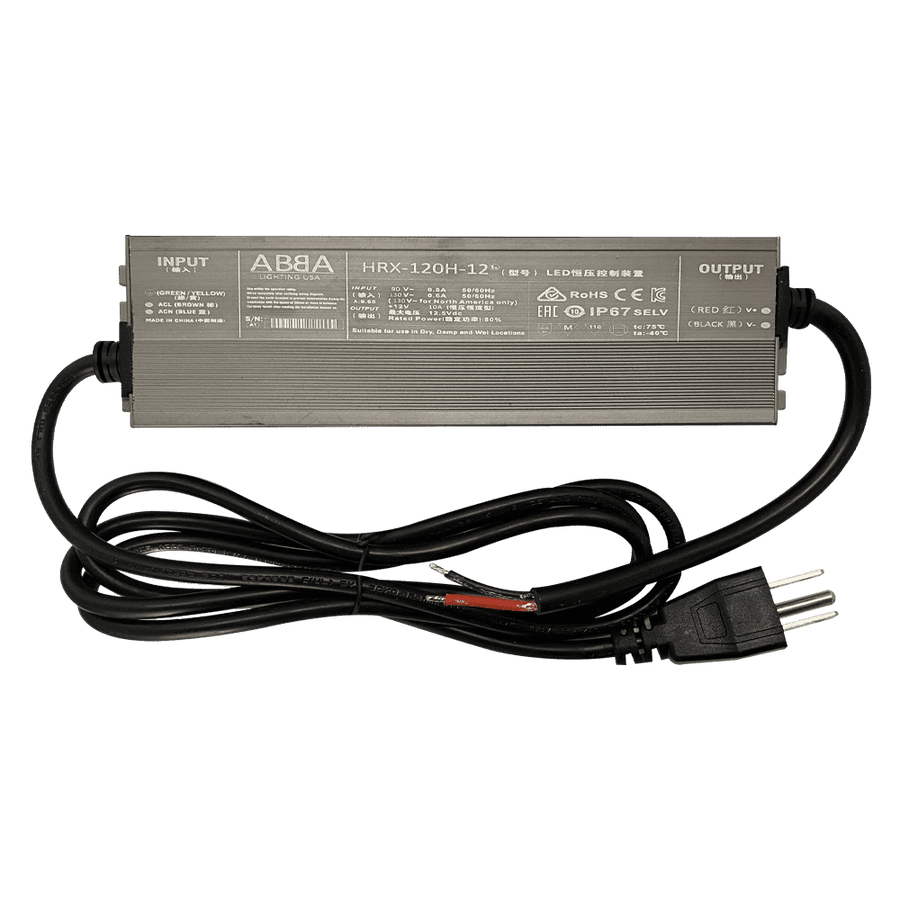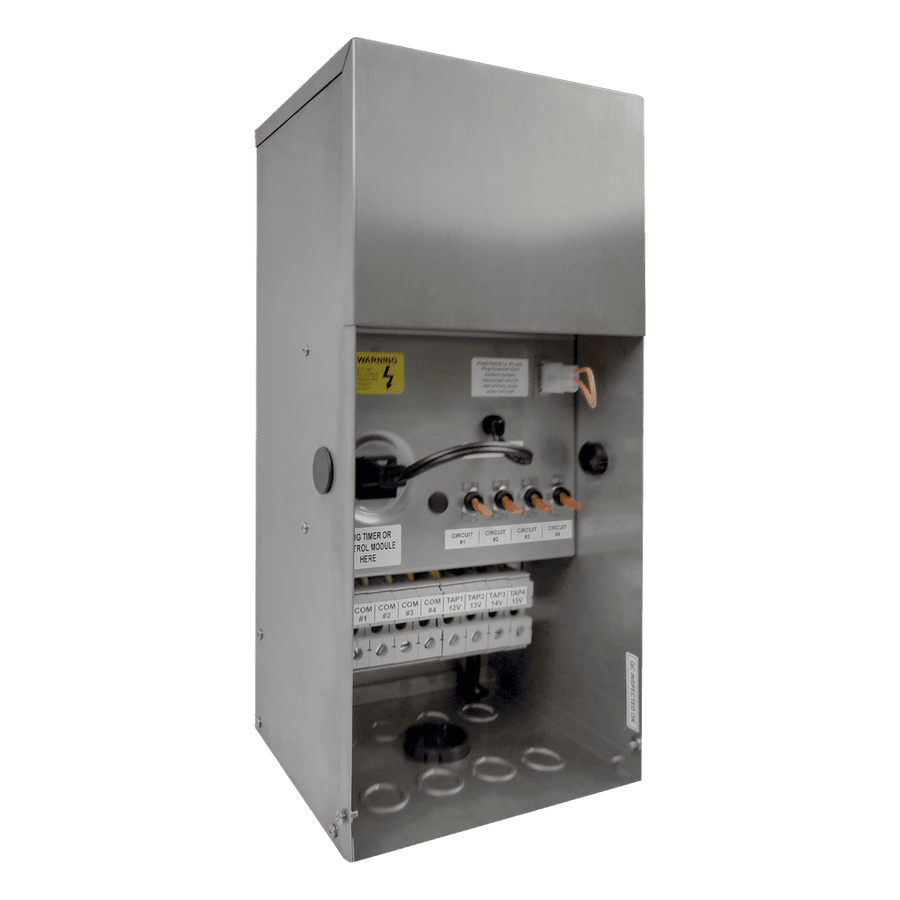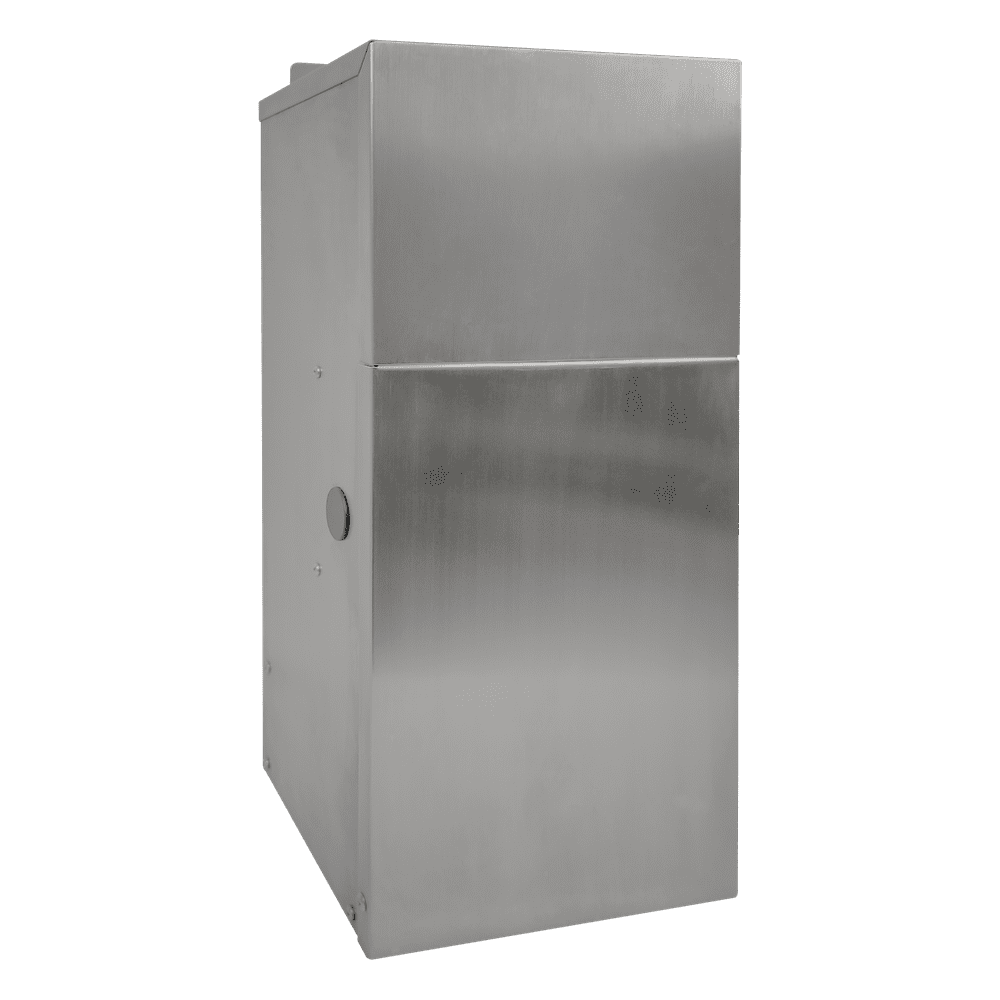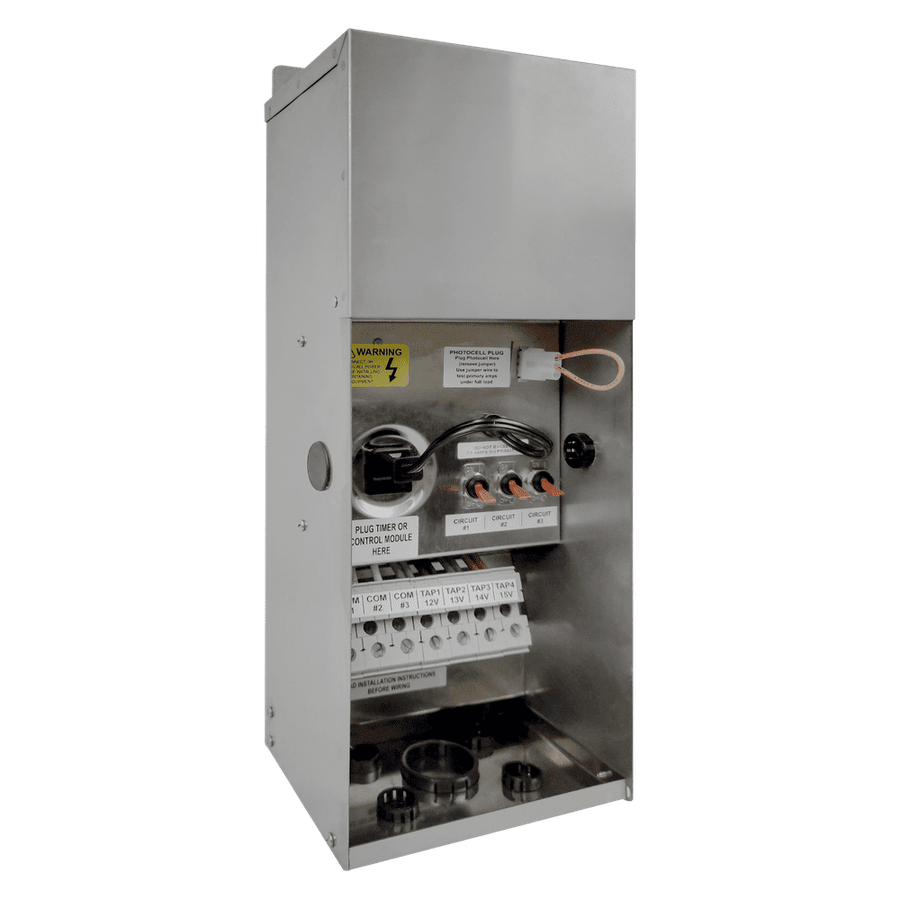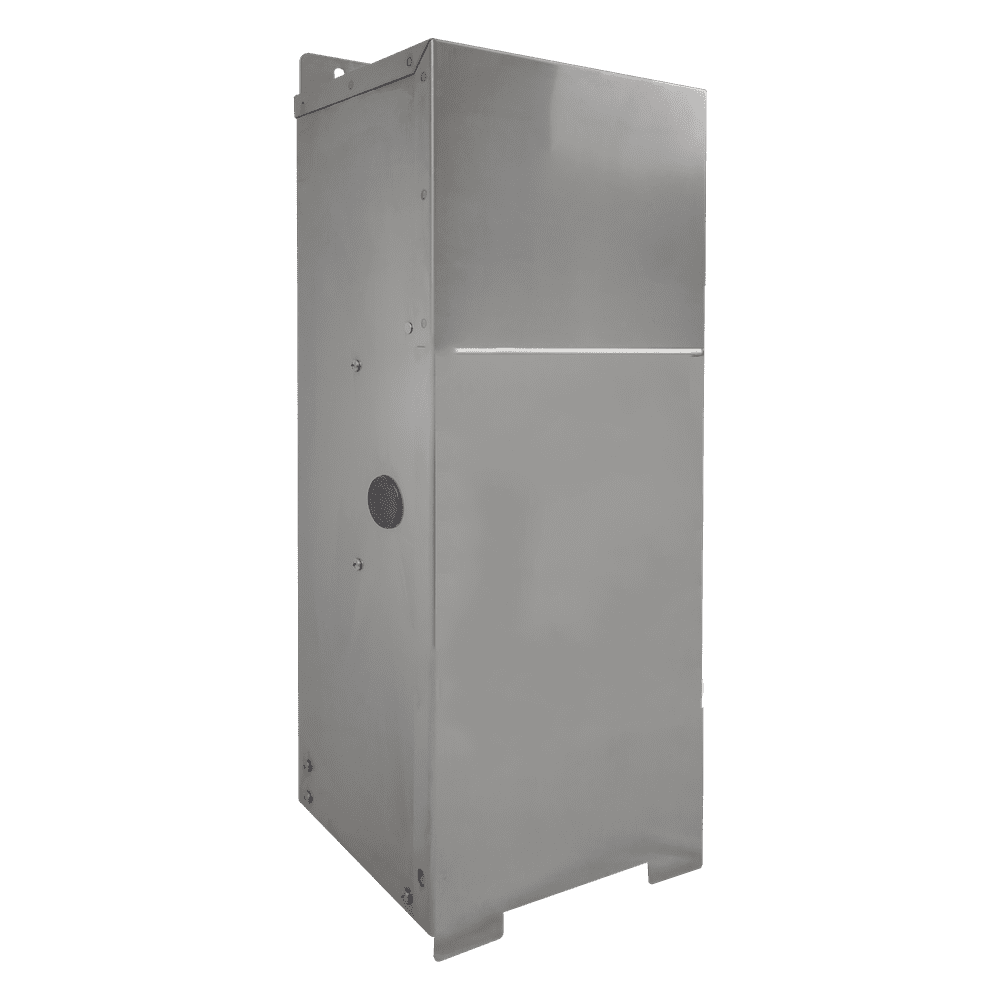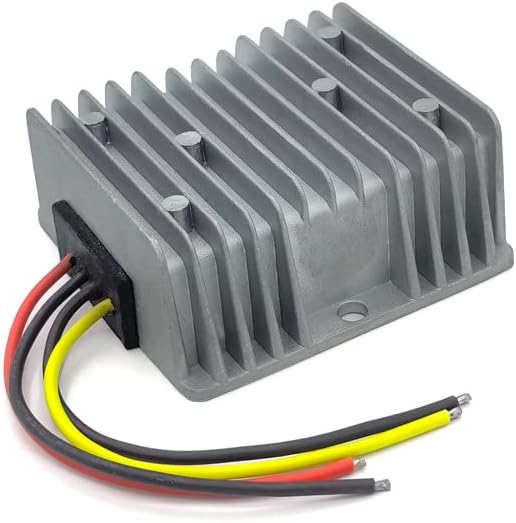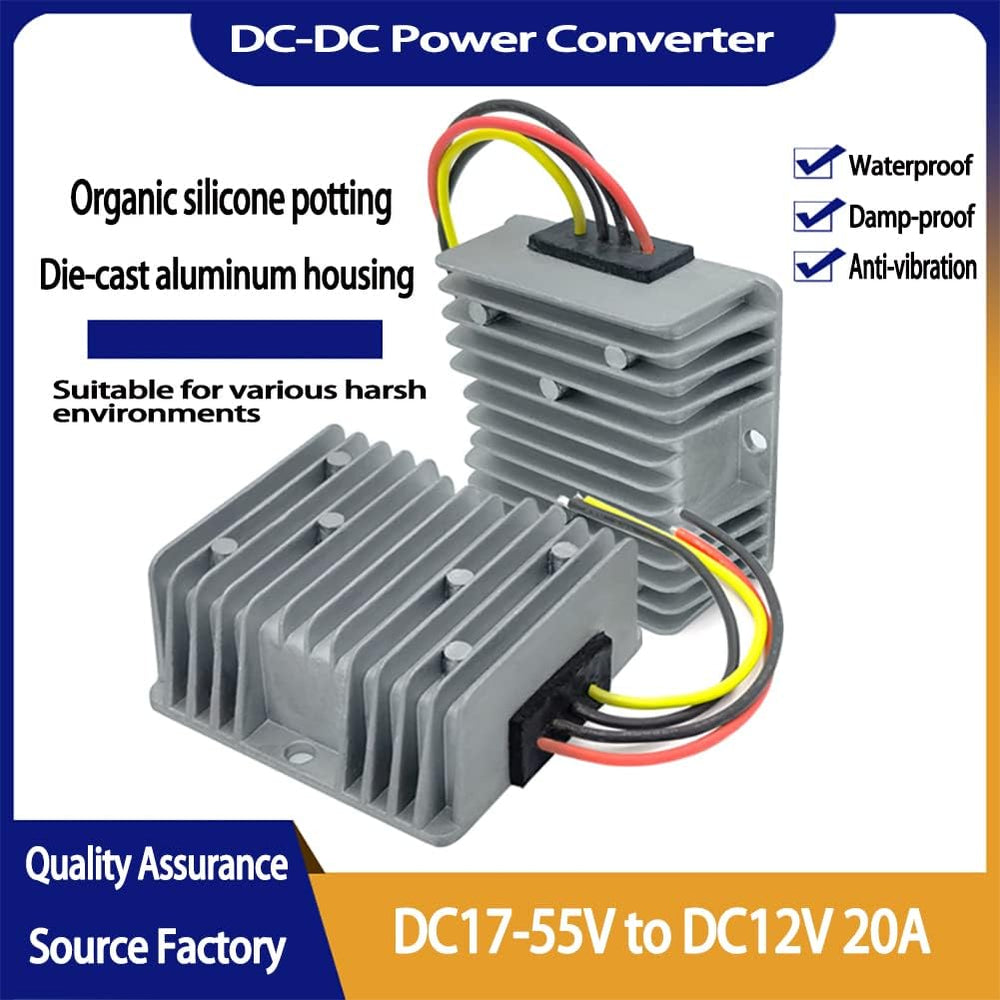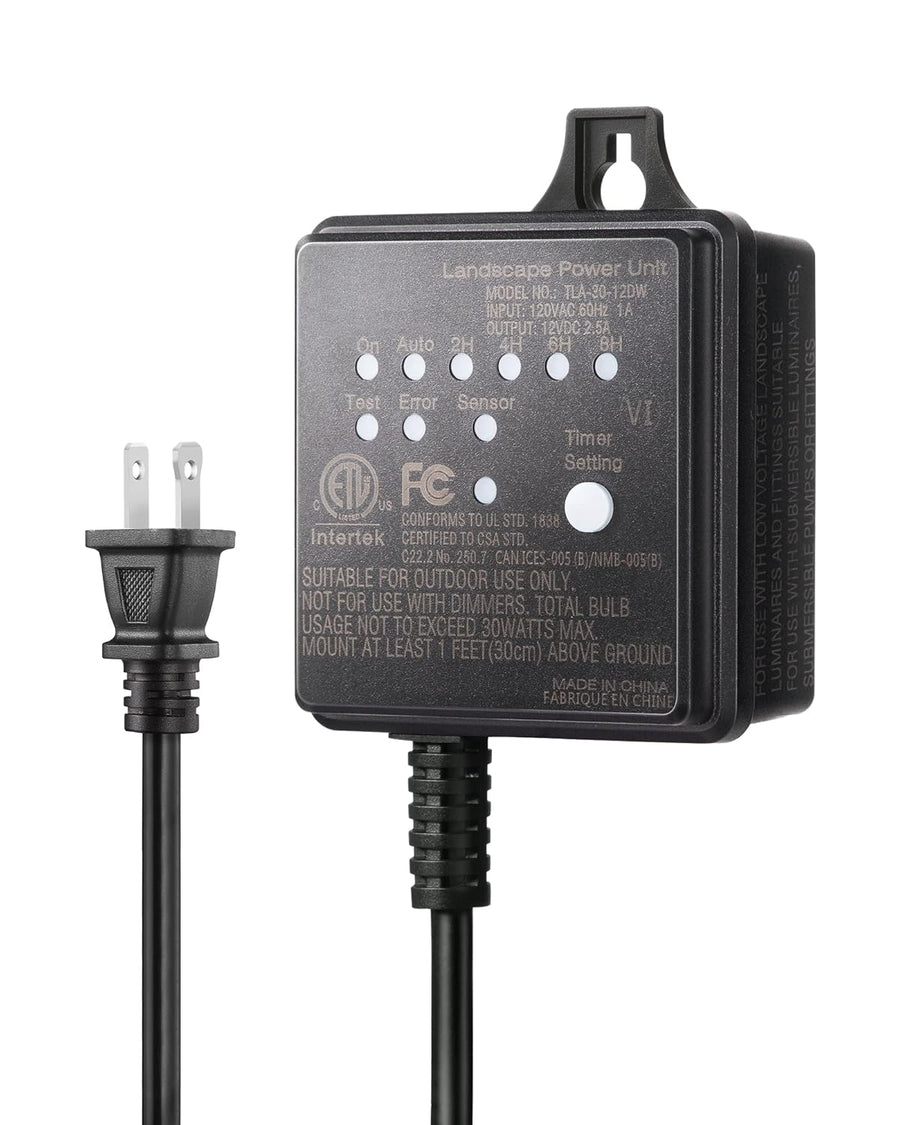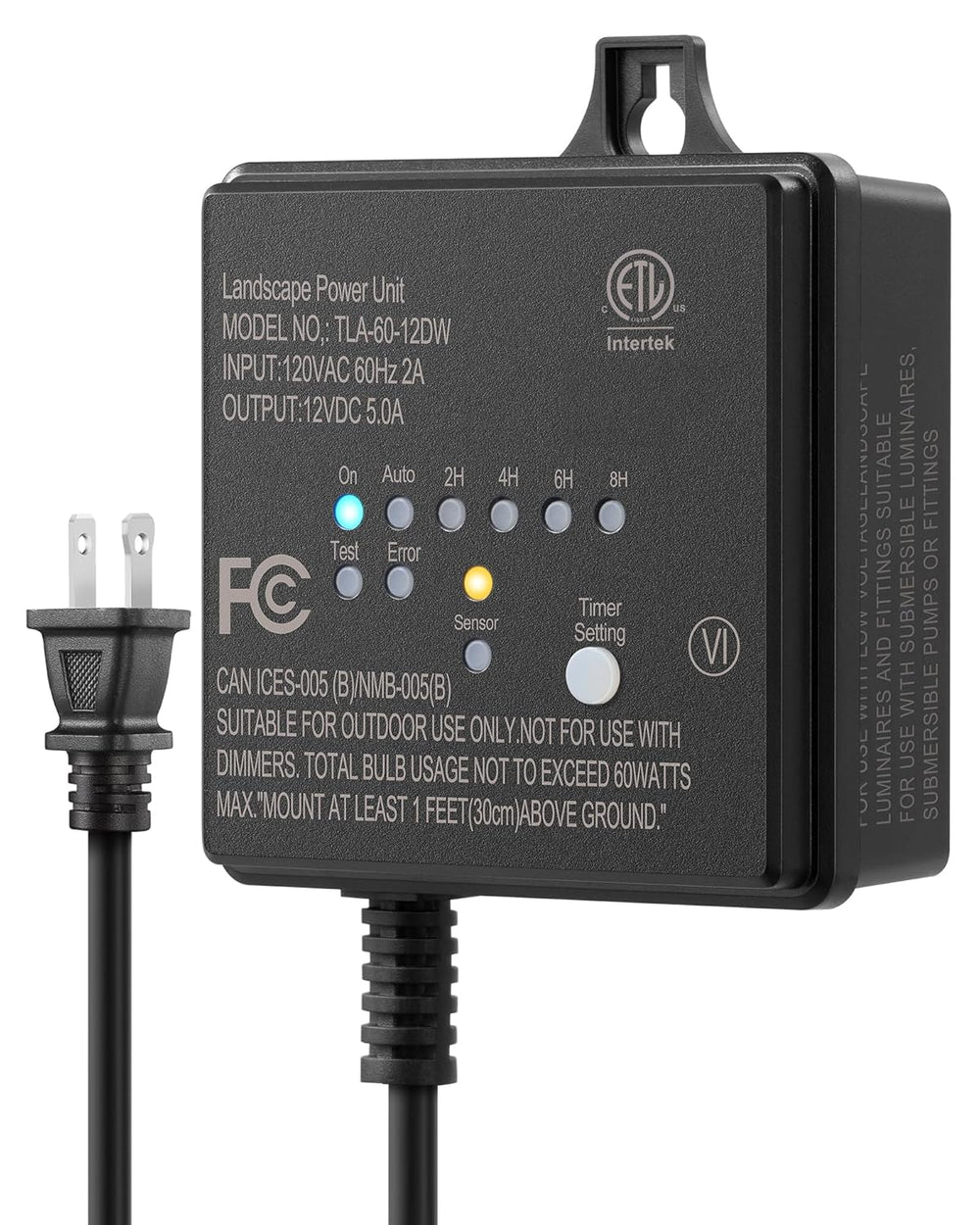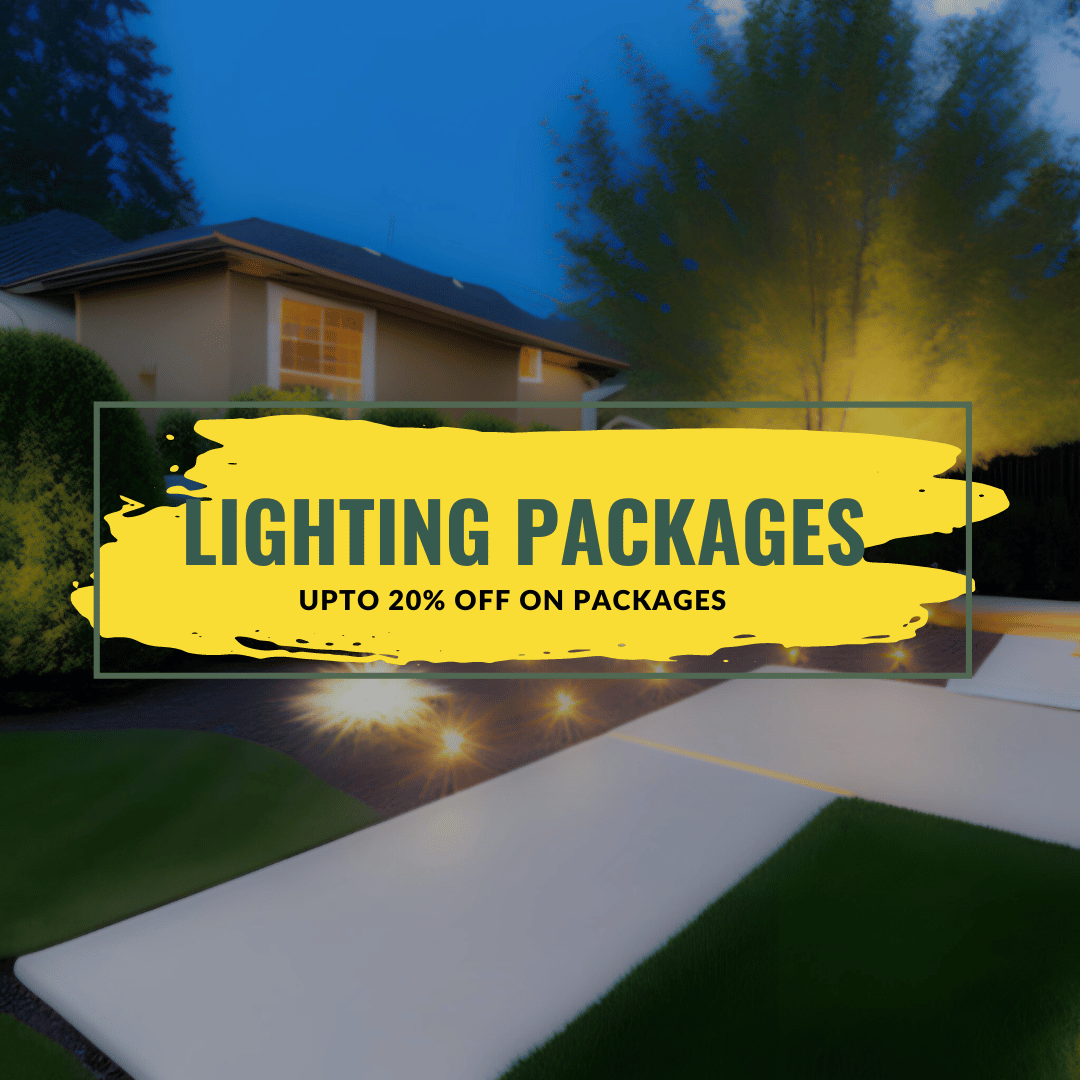Introduction to Transformers for Outdoor Lighting
Without question, the transformer is among the most critical of outdoor lighting components in a functioning system. The right transformer means your lights shall function safely, and you are guaranteed the right low voltage to deliver optimal functionality. The following guide covers how transformers aid outdoor lighting, the best types of low-voltage transformers for outdoor lighting, and key points for pondering when choosing a specific transformer for your landscape or garden lighting.
Overview of Transformers and Their Importance in Low-Voltage Lighting Systems
Transformers are also devices that convert high-voltage power from a normal electrical supply, upon which listed transformers are designed, to a lower, safer voltage for outdoor lighting systems. Due to the low-voltage nature of most lighting systems, LED lights and other such lighting options for your landscape need transformers to lower the voltage from the 120V (and upwards) level to a voltage suitable for lighting. Without these transformers, your outdoor lighting fixtures may not function adequately, and they may also decrease the lifespan of not only the transformer but also the outdoor lighting fixture.
Introduction to Different Types of Low-Voltage Transformers
Producers create numerous low-voltage transformer models specifically intended for outdoor lighting needs. Low-voltage transformers used in outdoor lighting include various types that predominate in the market.
12V Landscape Lighting Transformers: Ideal for general outdoor lighting needs, such as 12V garden lights with transformers, these are perfect for illuminating garden paths, outdoor spaces, or adding ambiance to patios.
Low-Voltage Transformers for Outdoor Lighting: These transformers are designed specifically for outdoor lighting, providing the necessary power for outdoor fixtures while ensuring safety.
Outdoor Low Voltage Transformers: These are built to withstand the elements and are suited for areas with weather exposure, making them ideal for 12V outdoor transformer applications.
There are also other transformers, such as low-voltage dimmer transformers, AC/DC power converters, or Wi-Fi landscape light transformers with additional control and customization, where the user can regulate the brightness or control the system remotely.
Key Applications of Low-Voltage Transformers
Lighting Transformer for LED Lights: However, since energy-efficient lighting has become popular, low-voltage transformers for LED lights have been a common solution. These transformers are essential for LED lights to get the right voltage so that light comes out brighter and more powerful, and represents the lowest power use possible.
Outdoor Lighting Power Supply: An outdoor lighting power supply, like a 12-volt outdoor transformer, serves as an efficient outlet that powers your entire outdoor lighting system in order to light a garden, the yard or the driveway.
Smart and Dimmable Transformers: Smart features are widely offered by most modern transformers to make for better convenience. By offering the best Wi-Fi low-voltage transformer that can be controlled from the app and dimmable low-voltage transformers that you can dim the light based on what you need, the best Wi-Fi low-voltage transformer can also turn your outdoor spaces into something amazingly perfect.
Choosing a transformer for landscape lights with a timer or other desired applications, such as low-voltage garden lights with a transformer, widens the scope of exterior lighting beyond the functional and provides safety as well as beauty to the area.
What is a transformer for outdoor lights?
An outdoor lights transformer is a critical item in a low-voltage lighting system, converting the standard high-voltage electric supply (which is normally 120V) to a low voltage, such as 12V or 24V. Outdoor lighting requires this backup for safety, lighting efficiency, and preserving the life of the lighting fixture by preventing overheated electrical overloads. Outdoor low-voltage transformers for low voltage provide the right power to light gardens, paths and landscapes and maintain energy efficiency.
Definition of a Lighting Transformer
This type of device, i.e., a lighting transformer, is a device used to change the voltage of the current delivered to lighting. In the case of outside lights, lighting transformers normally take standard 120 volts of electrical power and cut it back to a more constrained voltage, for example, 12 volts or 24 volts, to ensure operation outside of the lighting systems. These transformers are usually applied to landscape lighting, garden lights, or pathway lights, where the right amount of power is provided to avoid the fixtures from being damaged either by themselves or the system.
The Role of Transformers in Low-Voltage Lighting Systems
Transformers are very important in low-voltage lighting systems to protect outdoor lights by providing adequate power and suitable fixtures. Transformers convert high-voltage power to lower voltage to protect the lights from electrical damage and help keep the energy efficiency of the system. If you're lighting a garden, a patio, or a pathway, a low-voltage transformer is used to guarantee that your system works, though it takes less power than a normal high-voltage lighting system.
An explanation of the low-voltage transformer for LED Lights
Use of a low-voltage transformer specifically for LED lights is obligatory. LEDs require much less power to operate as compared to traditional incandescent bulbs; therefore, they are highly suitable for low-voltage lighting systems. When the LED lights are plugged in, a specialized transformer is used to adjust the power given to burn at the energy-saving rate. For example, a 12V LED light transformer is a ubiquitous outdoor option for your 12V garden lights, with a transformer or other LED-powered lights to make sure that this is the correct voltage so they can operate as best as possible.
Benefits of Using a 12V Outdoor Transformer for Your Landscape Lights
There are several reasons for using a 12V outdoor transformer on your landscape lights. It makes sure to deliver the required voltage to your lights for them to work without irritating the system. That is particularly true in the case of outdoor low-voltage transformers that drive the light system in contact with the elements. In addition, 12-volt outdoor transformers with low-voltage transformers for outdoor landscape lighting are energy-saving, requiring less energy to operate compared to those using 110 to 120 volts. This generates enough power to light several outdoor lights and maintain low energy costs. For instance, if you had to operate outdoor lights, you would help yourself by lowering the voltage transformer, which helps you to create a beautiful and safe environment with the lights on and use energy efficiently.
Choosing the Best Low-Voltage Transformer for Your Lighting Needs
Choosing the right low-voltage transformer for your outdoor lighting is essential in achieving an efficient as well as a safe lighting system. Low-voltage transformers are devices that, rather than being made for lighter lifting, convert the usual high voltage (120 V) to a lower voltage (most frequently 12 V or 24 V), which most outdoor lights, for example, landscape lights, garden lamps and street lamps need. Choosing the correct transformer for your outdoor lighting, which is energy efficient and safe, also provides you with more value for your money in the long term.
Best Low-Voltage Transformer Options for Outdoor and Landscape Lighting
When selecting a landscape lighting transformer or outdoor low-voltage transformer, you have plenty of options. So, a few of the best options include:
12V Garden Lights with Transformer: Ideal lighting for your garden and pathway with efficient and safe lighting. The transformer usually functions in tandem with low-voltage garden lights to ensure bright and clear light, but at the same time, without the possibility of overload.
AC/DC Power Converters for Landscape Lighting: These transformers will convert the AC power to the DC power, and they are best for the outdoor environment, especially if used in conjunction with the LED or the very low voltage LED lights.
Smart Landscape Lighting Transformers: Wifi landscape light transformers provide smart capabilities that make the lighting easier as well as more customizable so you can use your app, a voice assistant or simply set timers for easy and flexible outdoor lighting management.
Low-Voltage Landscape Lighting Kits with Transformer: These kits offer a complete package, including a preselected transformer for the whole system in case of new installations.
Factors to Consider When Selecting a Transformer (Voltage, Wattage, Durability, etc.)
When choosing the right transformer for your outdoor lighting system, consider the following factors:
Voltage: 12 V or 24 V is the most commonly used power for most landscape lights. Be sure that you have a transformer that can supply enough voltage to your lights. To give you an example, a 12V outdoor transformer is a good choice for most residential outdoor lighting setups.
Wattage: The power of the transformer you use in your outdoor lighting system is related to the total wattage of the entire system. Check that the transformer’s wattage can support the sum of all the lights’ wattage added without overloading.
Durability: Since outdoor conditions can be harsh, low-voltage transformers for outdoor lighting should be of a type that is weatherproof and built to withstand exposure to the elements. Most of the landscape transformers come with strong and flexible housings that are waterproof and also UV resistant.
Timer Functionality: If you want your lights to switch on and off automatically, search for a landscape lighting transformer with timer features. These timers do help your lights be activated only when necessary and help you save energy as well as preserve the life of your system.
Types of Transformers for Landscape and Garden Lighting
When getting ready with landscape and garden lighting, the choice is good to define the correct transformer to help the system run safely and economically. This is because the type of low-voltage transformers used in outdoor lighting are normally used to convert 120V standard household voltage into considerably safer 12V or 24V, which is ideal for outdoor lights.
12V Transformers: These are a common choice for garden and landscape lighting. They are able to deliver adequate power for regular garden lights and low-voltage transformer setups, and they are compatible for use with many different types of lights, including LED lights.
24V Transformers: Bigger systems require higher efficiency as well as larger setups and/or multiple lights, so 24V landscape lighting transformers are ideal.
Dimmable Low Voltage Transformers: They permit you to adjust the brightness of your lights so that your landscape can have the perfect atmosphere, giving it a touch of sophistication. There are also low-voltage dimmer transformers that are made to operate with the dimmable lights, which give you more control.
Low-Voltage Garden Lights with Transformer
They are garden lights with a transformer, and if you’re looking to light your garden without having to deal with high-voltage and low-voltage garden lights. The design of these lights is to be used with a transformer that will safely handle your home's electrical supply and make it a safer, lower voltage.
These setups are best with the use of a 12V garden light transformer, which strikes the best balance of energy efficiency and safety. A low-voltage garden light transformer is essential if you need to mount some lights on plants, on paths, or architectural features in your garden so that you can rely on adequate power for the job and, at the same time, cut down on your energy consumption and increase the lifetime of your lights.
Garden Light Transformer Options
There are several options for garden light transformers, depending on your specific needs:
Standard 12V Transformer: A dependable as well as reasonably priced solution for many garden lighting installations, particularly for LED garden lights or other reduced voltage lighting options.
WiFi-enabled Transformers: The smart transformer lets us switch our outdoor lights remotely using a mobile app. Wifi landscape light transformer technology lets you adjust your timing, brightness and color of your lights from anywhere.
Low-Voltage Transformers with Timer: Today, built-in timers on many garden light transformers allow you to control your lighting system automatically. This is available on smaller landscape lighting transformers as well as in low-voltage garden lights with transformer setups.
Differences Between 12V Garden Lights with a Transformer and Other Outdoor Lighting Systems
Voltage requirement is by far the most prominent difference when you compare 12V garden lights with a transformer to any outdoor lighting system. Most traditional outdoor lights use 120V power, whereas a few low-energy landscape lighting systems run on 12V or 24V.
How 12V garden lights differ from other types of lighting in this comparison:
Energy Efficiency: Low-voltage lights are more energy-efficient than higher-voltage systems, which translates to lower energy bills.
Safety: 12V outdoor transformer systems are safer because they operate at a lower voltage, reducing the risk of electrical shock.
Ease of Installation: 12V outdoor lights with a transformer are easier to install since they require fewer tools and don’t involve complicated wiring.
On the contrary, traditional 120V outdoor lighting systems have more complicated wiring, are less energy efficient, and are more expensive to run over time.
Why Low-Voltage Transformers for Landscape Lighting Are Preferred Over High-Voltage Options
When it comes to landscape lighting, low-voltage transformers offer several advantages over high-voltage systems:
Safety: Outdoor transformers, usually 12V low-voltage lighting, are far less dangerous than functioning 120V systems. The lower voltage reduces the risk of electrical shock, which makes it the preferred choice for outdoor use which has conditions. Using 12V garden lights, they are not exposed to wires and don’t risk the higher voltage of setups.
Energy Efficiency: Generally speaking, energy efficiency is better with low voltage than with high voltage systems. Therefore, they cost less in terms of electricity, as they consume less of it. Moreover, low-voltage lighting systems also assist in prolonging the life of your outdoor lights, especially for LED lights.
Ease of Installation: Hence, low-voltage systems are usually easier and cheaper to install in comparison to high-voltage systems. There are too many landscape lighting transformer low-voltage kits with all you need, including a low-voltage transformer for outdoor lights, so they are easy to install even for DIYers.
Flexibility: More latitude for designing your landscape lighting layout is available with low-voltage systems. No electrical codes to deal with, no big deal, yet rewiring to work around on a high-voltage system.
Highlighting Low Voltage Transformer with Timer, Low Voltage Dimmer Transformer, and Landscape Lighting Transformer with Timer
There are several low-voltage transformers designed to provide additional functionality and convenience for your outdoor lighting setup:
Low-Voltage Transformer with Timer: These are garden light transformers with timers that will turn on and off at set times, saving on your energy costs and prolonging the life of your lights. Programming your landscape lights with a transformer allows you to automate your landscape lights to turn on at dusk and off at dawn to free up your hands and save you time.
Low-Voltage Dimmer Transformer: A dimmable low-voltage transformer will give you more control over the ambiance of your outdoor space. That way, you can set your lights on the lower or higher brightness depending on the time of day (daytime or simply a relaxing moment) or if you wish to host a party. The dimmable LED lights are compatible with this low-voltage dimmer transformer.
Landscape Lighting Transformer with Timer: Ideal for landscape lighting voltage control, a landscape lighting transformer with a timer combines the convenience of timed control with the safety and energy savings of a low-voltage system. By incorporating a timer into your landscape power unit, you can automate your lighting setup to turn on when you need it most, reducing energy consumption and enhancing security.
How to Install a Transformer for Landscape Lighting
Installing a transformer for landscape lighting can be a simple task if it is done correctly, and your landscape lighting system will run properly and safely. This step-by-step guide will help you easily install your transformer.
Choose the Right Transformer: Select the correct low-voltage transformer for outdoor lights, ensuring it matches your landscape lighting system's power requirements. Consider factors like the wattage capacity and the voltage your lights need, such as a 12V outdoor transformer or a 24V outdoor lighting transformer for larger setups.
Select Installation Location: Find a dry, safe spot close to a power source to install your transformer. It’s important to install it in a location where it’s protected from the elements but accessible for maintenance.
Connect the Power Source: Turn off the power to the circuit you’ll be connecting the transformer to. Use a low-voltage power supply and ensure your transformer is connected securely to your main power supply (AC).
Wiring the Transformer: Run the wire from the landscape lighting transformer to the outdoor lights, ensuring the wire is rated for outdoor use. Secure the wire to prevent any damage from weather conditions or physical strain.
Attach the Lighting Fixtures: Connect the wires from the low-voltage garden lights with the transformer to the transformer, following the specific instructions provided by the manufacturer.
Test the System: Once the transformer is installed and all wires are connected, turn on the power and check the lights. Adjust the timer or dimmer if your transformer supports those features, like a dimmable low-voltage transformer or a landscape lighting transformer with a timer.
Final Touches: Ensure everything is secure and that your outdoor lights are properly illuminated. If you have a Wi-Fi landscape light transformer, you can sync it with your smartphone or smart home system for remote control.
Common Mistakes to Avoid When Installing a Low-Voltage Landscape Lighting Transformer
While installing a low-voltage landscape lighting transformer, it's easy to make simple mistakes that can affect the performance and longevity of your lighting system. Here are common mistakes to avoid:
Underestimating Power Needs: Ensure your landscape lighting transformer can handle the total wattage of your lights. If you have 12V garden lights with a transformer and other lights, calculate the total wattage and select a transformer accordingly, such as a 300W landscape lighting transformer or the best landscape transformer.
Improper Grounding: Grounding your transformer properly is critical for safety. An improperly grounded system can cause electrical hazards. Always ensure proper connections and use a low-voltage transformer for landscape lights that supports correct grounding.
Excessive Wire Length: Long distances between your transformer and lights can cause voltage drops. For low-voltage garden lights with a transformer, try to keep the wiring as short as possible, or use thicker wire to compensate for long distances.
Not Sealing Connections: Outdoor wiring connections should be sealed to protect against moisture and weather. This ensures your landscape lighting voltage is stable and your transformer lasts longer.
Using a Landscape Power Unit and Proper Wiring for Outdoor Lights
Good wiring and a landscape power unit are what make the low-voltage outdoor lighting transformer function properly, and your lighting system remains in good condition. Here's how to do it right:
Choose a Reliable Landscape Power Unit: However, your lighting system also requires that there be enough energy infiltrating that landscape power unit. It makes electrical power at low voltage that is provided to the outdoor lights. To get the best results, get a unit that can produce enough wattage capacity to power your lighting, no matter if it’s for 12V outdoor lighting transformers or something with more power contained in it.
Proper Wiring: Use high-quality outdoor-rated wiring always for safety purposes and to avoid loss of power. In particular, this is extremely crucial if you are installing a garden light low-voltage transformer or setting up a sophisticated system, for example, an LED landscape lighting kit with a transformer. To ensure the total length of wire to measure, do not use excessive lengths of cables that may contribute to voltage drop.
Secure Connections: When wiring your lights, make sure all connections are tight and well-insulated to avoid any issues, particularly in wet or humid environments. Use waterproof connectors for added protection.
Using us and following these steps and avoiding common mistakes, you will have a perfectly functioning outdoor lighting system, and you will have the ability to control and adjust the settings easily through smart features such as Wi-Fi landscape light transformers.
Troubleshooting Low-Voltage Transformers for Outdoor Lighting
One of the most important parts of an outdoor lighting system is the low-voltage transformers; however, sometimes they may fail and malfunction, and that’s where the troubleshooting comes into play. Using a 12V outdoor transformer or even a low-voltage transformer for LED lights, you know how to diagnose and fix typical problems with your landscape lighting system, which should enable you to maintain your system without much trouble.
The first line of transformer troubleshooting is making sure of the connections, which should be secure and free from corrosion. Outdoor landscape lighting transformers that are exposed to the elements are at risk of experiencing wear and tear on wiring. Loose wires, damaged insulation and exposed connections should be checked. Also, make sure that the power supply is not disrupted by any electronic problems.
Flickering lights, dimming lights, or turning lights off may suggest the transformer containing these lights is underpowered for your setup or damaged. If your landscape lighting voltage is slightly below what the lights require, then obviously the performance of the lights will be poor. Early on, become aware of these problems so that your outdoor lighting system can remain healthy.
Common Issues with Low-Voltage Transformers
Several issues can arise with low-voltage transformers, especially when managing systems like low-voltage garden lights with a transformer or 12V garden lights with a transformer. Here are some of the most common problems:
Inconsistent Power Supply: If your lights are flickering or not turning on at all, it could be due to a power supply issue. The transformer for outdoor lighting may not be supplying the right voltage, either because it’s defective or underpowered for the lights connected to it.
Overheating: Transformers can overheat, especially if they're operating close to their maximum capacity. This can lead to failure or reduced lifespan. Ensure that your low-voltage lighting transformer is the correct size for your system.
Tripped Circuit Breaker: Sometimes, the issue lies in a tripped circuit breaker caused by a fault in the transformer. This may happen if the transformer is drawing too much current or if there’s a short in the system.
Faulty Wiring: Outdoor conditions can affect wiring, leading to shorts or broken connections, especially in outdoor low-voltage transformers. Inspect the wiring for signs of damage, and consider using weatherproof connectors.
Incompatible Dimmer: If you're using a low-voltage dimmer transformer, ensure that it’s compatible with the lights you’ve installed. An incompatible dimmer can result in poor performance or even damage to the transformer or bulbs.
How to Fix a Transformer for Low-Voltage Light Problems
If you encounter issues with your low-voltage lighting transformer, here are the steps to resolve common problems:
Check the Power Supply: Verify that the outdoor lighting power supply is functioning correctly. If the transformer for low-voltage outdoor lighting isn’t providing the correct voltage, replacing it with the best landscape transformer could resolve the issue. For LED landscape lighting kits with transformers, ensure the transformer matches the power needs of the LED lights.
Inspect Connections and Wiring: Tighten or replace any loose or damaged wiring. If your transformer connects to landscape lights with a transformer, inspect the connections at both the transformer and light fixtures. You can also use a multimeter to check voltage levels across your connections to ensure proper flow.
Address Overheating: If the transformer is overheating, ensure it's not overloaded. For example, if you're using a dimmable low-voltage transformer with a system that exceeds its capacity, reduce the number of lights connected or upgrade to a higher-capacity transformer.
Test the Fuse: If your transformer has a fuse, check it to see if it needs to be replaced. A blown fuse can prevent the system from functioning correctly and is an easy fix.
Ensure Proper Placement: Sometimes, transformers placed in direct sunlight or areas with high moisture can overheat or malfunction. Make sure your low-voltage transformer for outdoor lights is installed in a well-ventilated, dry area.
When to Replace Your Low-Voltage Outdoor Lighting Transformer
Knowing when to replace your low-voltage landscape lighting transformer is key to maintaining a functional lighting system. Here are some signs that it may be time for a replacement:
Frequent Malfunctions: If your transformer frequently malfunctions, causing lights to flicker or fail to turn on, it may be time to replace it. Older transformers often lose their efficiency, and continual repairs may no longer be cost-effective.
Inconsistent Voltage: If you're using a low-voltage lighting system and notice voltage drops, it's a sign that your transformer can no longer handle the load. Replacing it with a more powerful 12V transformer for outdoor lighting may be necessary.
Overheating: A transformer that continually overheats is a clear sign of failure. Overheating can cause permanent damage to both the transformer and the connected lights, requiring a replacement. Opt for the best low-voltage transformer to ensure durability and efficiency.
No Power Output: If your low-voltage transformer for landscape lights fails to supply power, and you've already ruled out wiring issues, it's time for a new unit. Transformers typically last for many years, but they can wear out due to extended use or exposure to harsh outdoor conditions.
Outdated Technology: If you’re using an older landscape lighting transformer, upgrading to a more advanced model with features like smart connectivity (such as a Wi-Fi landscape light transformer) can improve system performance and ease of control.
By knowing when to troubleshoot and when to replace your transformer, you can keep your outdoor lighting system in top shape, ensuring beautiful and functional lighting for your landscape.
Conclusion:
If you are looking to find the best low-voltage transformer so you can enhance your outdoor and landscape lighting, then you need to think carefully about what kind of performance and longevity you need from that low-voltage transformer. A transformer with the right output allows you to make sure your lights are energised safely, effectively, and flexibly enough for a whole range of outdoor spaces. Be it in your garden, pathway or backyard, low-voltage systems come with advantages like being energy efficient and safe, and they are easy to install.




